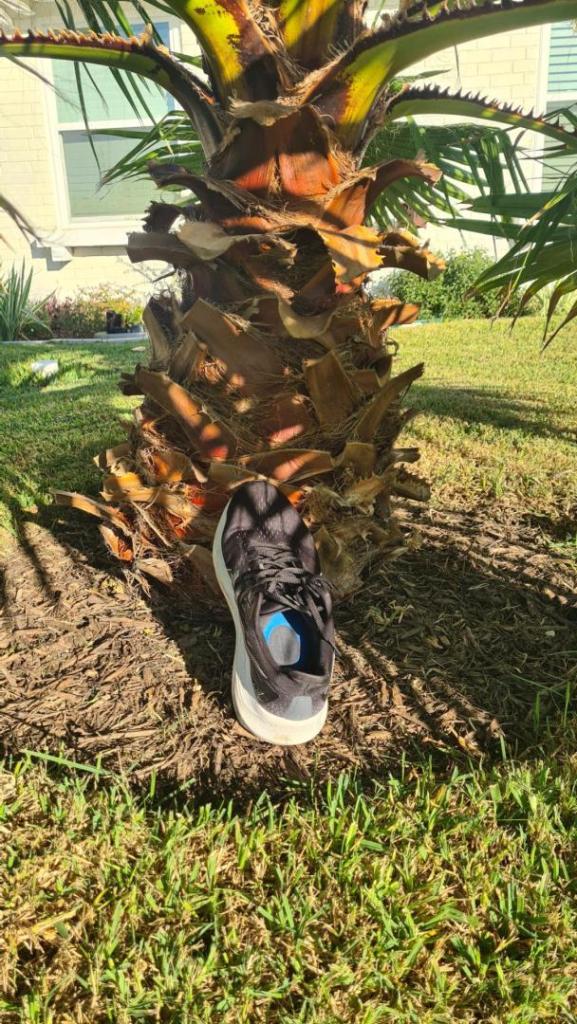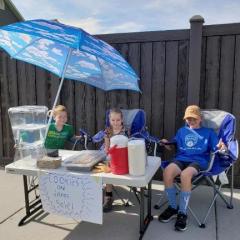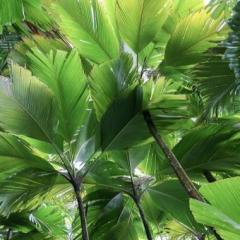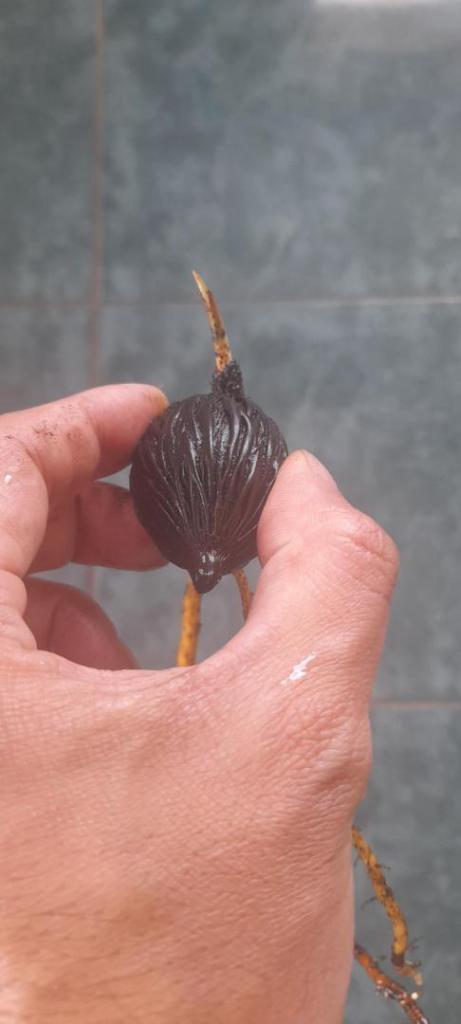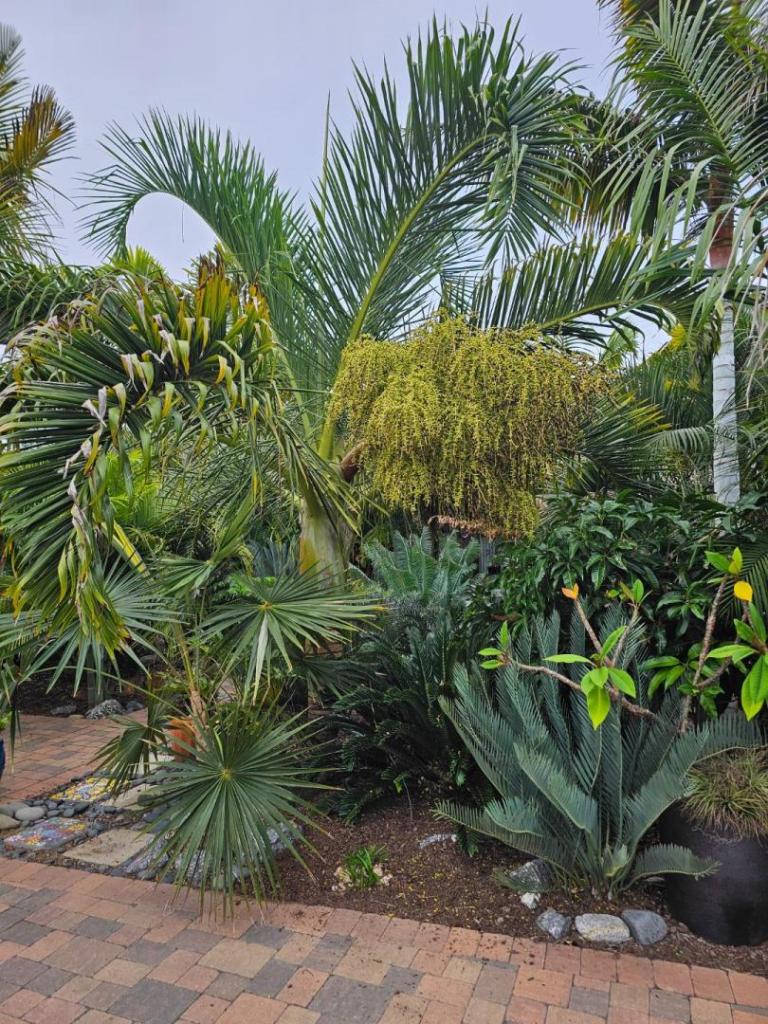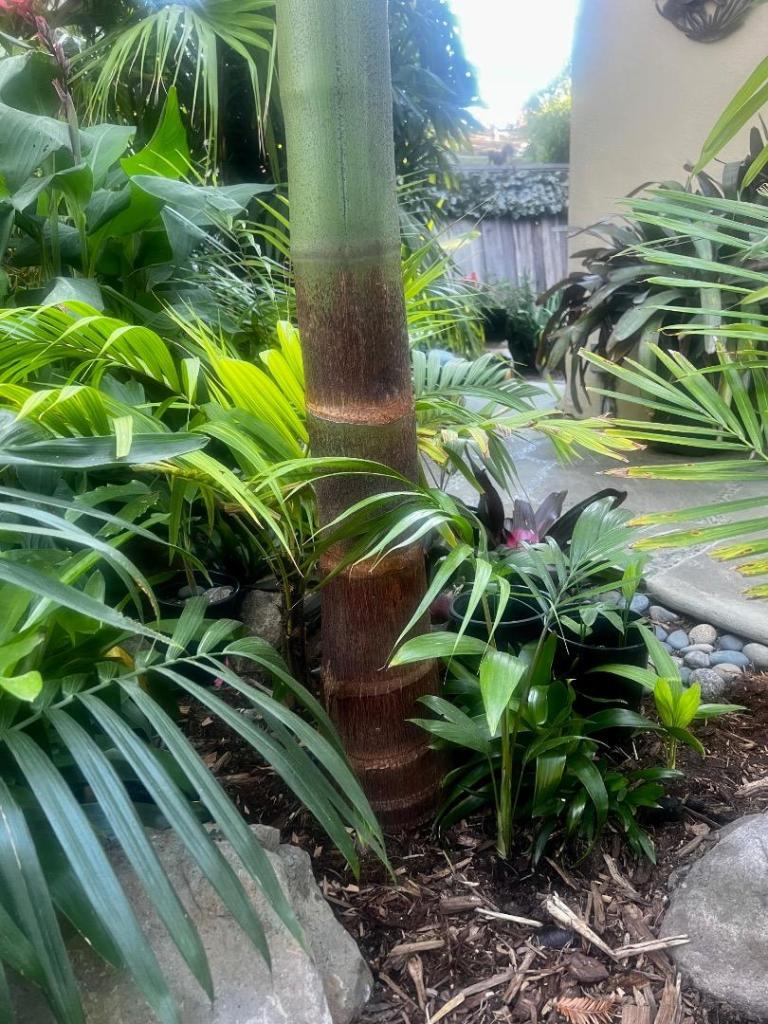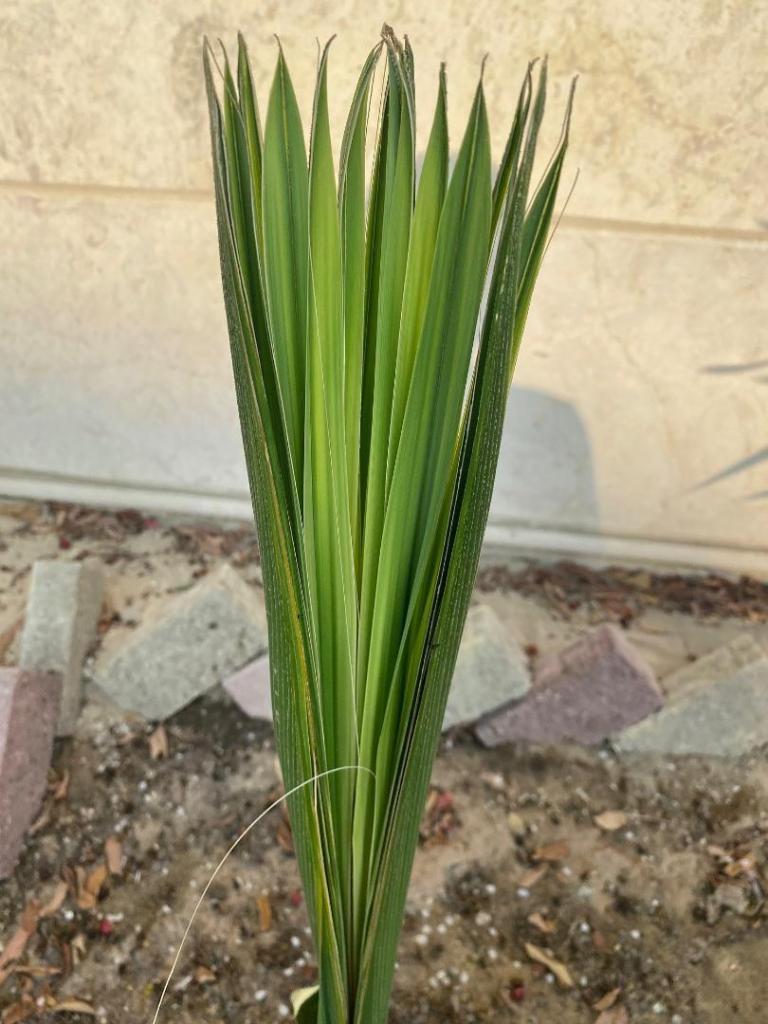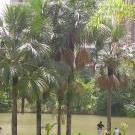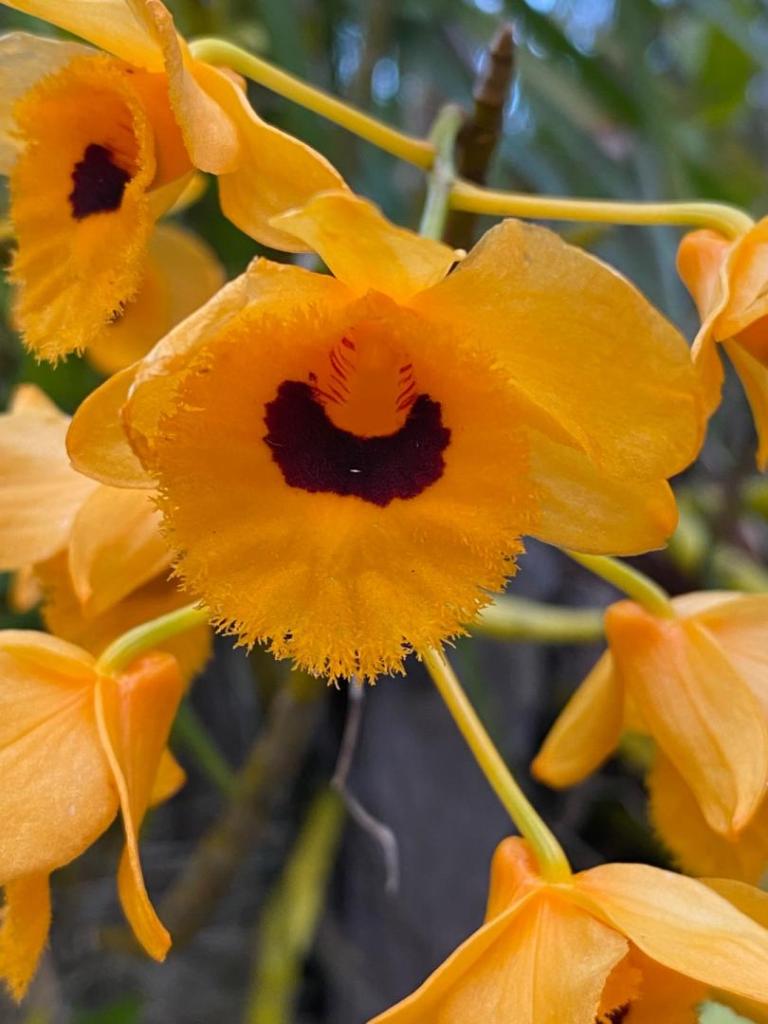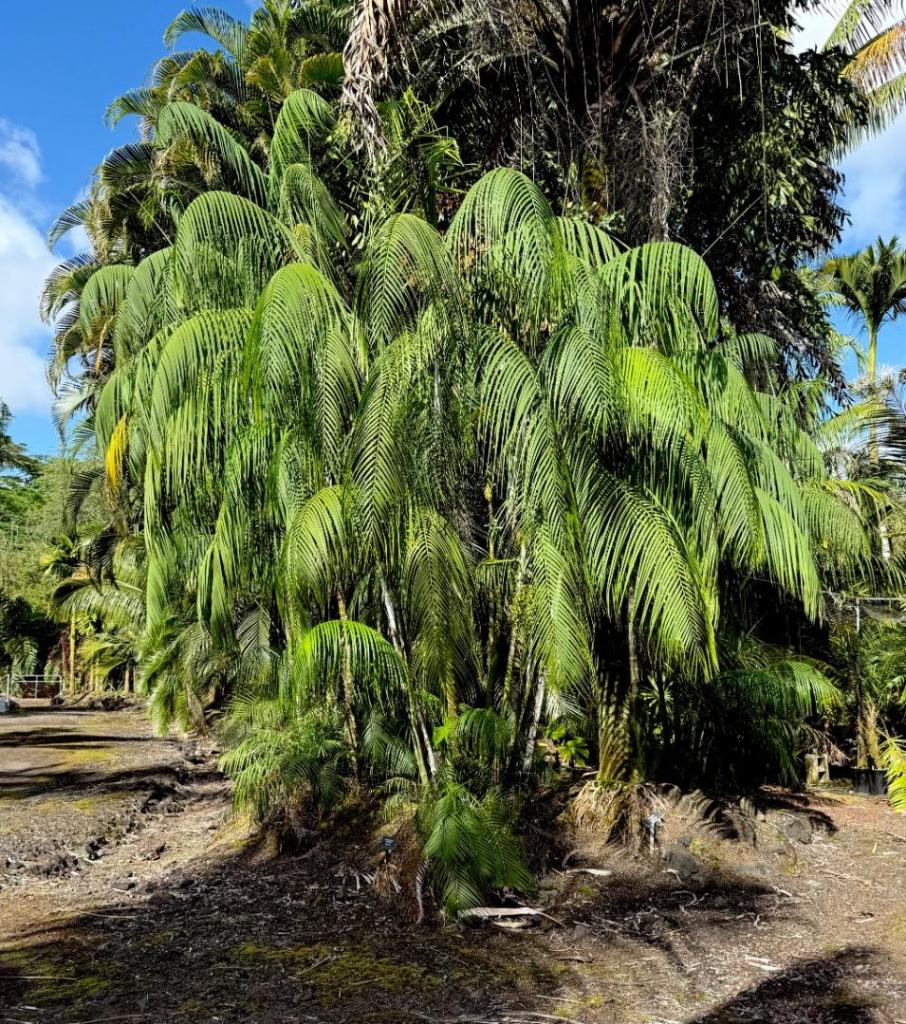Leaderboard
Popular Content
Showing content with the highest reputation since 10/30/2025 in all areas
-
18 points
-
OK, sorry for the delay. Here are some Parajubaea palms in my neighborhood. Based on their massive size I assume that they are P. torrallyi, rather than P. cocoides. The middle image palm has started to flower. The last image palm is more than three feet in diameter. This garden is somewhat a mystery, just two palms species and some agave plants. ( The fan palms are Chamaerops.) It is possible that these palms were sourced from Flora Grubb Nursery. T14 points
-
14 points
-
13 points
-
13 points
-
12 points
-
10 points
-
10 points
-
10 points
-
10 points
-
The much loved foxtail palm, more popular than an air conditioner in 40 degree Celsius heat. And they will take those temperatures well, along with quite cold weather not a snow blinding frost but down to 0 degrees Celsius. Dry tolerant and tough as nails. The only fault they have is seeds and more seeds by the wheelbarrow full, to the point they become a weed. But well worth growing, one Australian palm that has made it big abroad!9 points
-
9 points
-
9 points
-
As mine continues to grow, I have to say this is the closest match I see in the thread to what mine appears to be developing in traits. Not speedy, but you can see that this palm I acquired as Dypsis "Honkona" (which I assume would now translate to Chrysalidocarpus "Honkonus" - using the same female to male conversion as pembana - pembanus when it moved from Dypsis to Chrysalidocarpus. Leaves are getting much longer with each successive new leaf still. The adjacent fence is 6 1/2' tall for reference, so I feel safe saying the new leaf is about 8' tall overall and is still emerging.9 points
-
8 points
-
8 points
-
Back in the late 90's I remember seed and plants of Caryota sp. "Elvis" in the trade in Florida. If I remember right seed was collected by someone named Elvis of a mystery Caryota in southern Thailand (?). I had gotten 2 plants and added them to the collection at Leu Gardens (1996, 2000). Both grew more slowly than C. mitis and were more cold sensitive. They also had thinner trunks and clumped sparsely with just 1-2 main trunks and 6-8 offshoots and the leaves have narrow leaflets. The first one reached about 6-7ft tall and flowered but never set fruit and the whole clump died when it was done. The 2nd palm did set some fertile seed but lost the palm in the 2017 hurricane from a falling tree. I have 4 planted out from these seeds. Here is one growing well. The main trunk is about 7ft tall and has just several small offshoots at the base. Any new info on this mystery palm? Currently 3 clustering Caryota are known; mitis, monostachya and sympetala.8 points
-
Yesterday I managed to muster up the fortitude to go for a short walk on part of the property and see how the drought affected things, looks like the little Areca stilt palm died along with six or seven others out right but other things look pretty amazingly well considering what they’ve been through.8 points
-
Here’s a cool story of a new species of chamaedorea being discovered far away from its native home. https://timesofsandiego.com/life/2025/10/27/san-diego-zoo-discovers-new-palm-species-at-the-zoo/8 points
-
8 points
-
8 points
-
8 points
-
8 points
-
There's a couple of points that I'd consider. Firstly, if they're volunteers then you probably don't want them to stay where they are, so there's nothing to lose. And secondly is you're reasonably careful, the law of averages will probably allow for some survivors. I've dug out more palms than I care to remember, including species that are allegedly difficult to transplant, like Parajubaeas (2 dead out of 20 dug), and Rhopalostylis, which had a slightly higher mortality rate, probably 20%. I'd go for it, but expect a few losses. Good luck!8 points
-
I planted our Caribbean Garden in our north-facing front lot. The palm selection leans heavily on genus Coccothrinax, one of my favorites. It does include a few interlopers such as Phoenix roebelenii and Hyophorbe lagencaulis but is overall true to the Caribbean vibe. My world famous Sabal Row used to be on the east side of our property until the builders of the Early-21st-Century modern unsold monstrosity of a black/White House was built. Fortunately, @C Bigler rescued all the Sabals and took them back to his nursery. Anyway, I have some pretty cool palms in a small space, most, you will note, are palmate. These are tough palms worth growing if you aren't blinded by crown shafted tropical pinnate darlings. Coccothrinax leaves dance in the breeze on warm sunny days. I would not plant any tropical palms on the north side of my house - those W and NW winds howl across the Cape's flat landscape in winter. Caribbean Garden canopy Latania loddigesii Latania lontaroides Sabal miamiensis (R) from a Pine Island Pier and Sabal miamiensis x mexicqnq? from Leu Gardens: Study both palms carefully and you will see the miamiensis x Mexican hybrid has much thinner leaflets than the miamiensis. It also grows faster (germinated 2015 vs. approx. 2008/2009) and its huge seeds ripen late summer vs. fall. Hyophorbe verschaffelrii Native Florida Stopper (Simpson's? red? other?) (center), Silk Floss Tree/Ceibus speciiciosa (rear) Hyophorbe lagencaulis (L), Phoenix roebelenii (C) Hyophorbe lagencaulis Ravenea rivularis Kerriodoxa elegans7 points
-
Normal shedding of old dead leaf bases. They all do that eventually unless they are shaven off beforehand by a tree service. Nothing to worry about.7 points
-
It’s a shade grown plant that’s received too much sun. Not a problem. Keep it wet and watch it get used to the sun and in a few years it will look so healthy and robust it will be unrecognisable. Water and food is what it needs. Mostly water. They can’t get enough of the stuff in your climate.7 points
-
7 points
-
7 points
-
I moved 6 A myolensis from my old property over 6 years ago. Sizes ranged from a little larger than yours to nearly trunking size. I had 100% success. Much easier than A cunninghamiana which doesn’t have much tolerance for disturbance. Now all are going really well and only the largest at the time had a set back but that was due to underwatering while in the pot after transplant waiting for its new home. It’s now the smallest of the 6. The one pictured was the second largest at the time and is now the largest.7 points
-
Supplies: Mini Lights Available Lowes Mid Oct-Dec https://www.lowes.com/pd/GE-String-A-Long-100-Count-20-6-ft-Clear-White-Incandescent-Plug-In-Christmas-String-Lights/50054667 Planket Roll - Also search for other covers round in various sizes and square https://www.homedepot.com/p/Planket-6-ft-x-50-ft-Frost-Cover-Roll-11300/306165164 Amazon Plankets https://amazon.com/dp/B002XZLH5C https://amazon.com/dp/B000HZUUZI White Frost cloth similar to green planket above https://amazon.com/dp/B07CTZNDSN 35-45 Thermocube https://amazon.com/dp/B0006U2HD2 Garden clips to secure material to poles/wire https://amazon.com/dp/B09XKG3ZBD Tie down cords for structures https://amazon.com/dp/B08F7G5Z41 Round structure cover https://www.amazon.com/dp/B0CBBRWZ1T?th=1 Large palm waterproof outer cover - thin and tough https://amazon.com/dp/B07N5HTMJN Outdoor wifi light control https://amazon.com/dp/B091FXH2FR Beginner Temp Sensors https://amazon.com/dp/B09R1TP7HF6 points
-
I have been asked by Director Glenn Franklin to introduce the 2025 IPS Save the Species campaign. This program began with the successful Tahina fundraiser which ran on PalmTalk. It is now a very important part of our non profit mission statement (Education, Research, Conservation). “ Our December Save The Species fundraiser is coming up for this small palm. Photo by "Olivier Reilhes Ravenea louvellii is endemic to Madagascar. Our fundraiser will help finance efforts to document additional palms, involve the local community and start a propagation program. The team of botanists from Madagascar led by Dr. Mijoro Rakontoarinivo. Over his professional coreer he has previously worked side by side with our own Dr. John Dransfiel and Dr. Bill Baker at Kew.” More posts to come.6 points
-
Photos from my garden in Ålesund, Norway at latitude 62N. Phoenix canariensis planted in the ground this july close to the southfacing wall of the house. You can see some serious growth growth from july to october and this is even in the first year in the ground here in Norway! We have a very mild climate here, a zone 9A. Close to the ocean, heavily influenced by the Gulf Stream. To the east we got tall mountains sheltering us from cold easternly winds during the winter. There has been no frost so far this autumn! 😊 november 5th. And before you say something, the palm will be moved further away from the house next year - it is way to close 😄6 points
-
6 points
-
6 points
-
6 points
-
6 points
-
Here’s the article describing the species. https://ucanr.edu/sites/default/files/2025-09/Chamaedorea delicata PalmArbor FINAL 12 August 2025 .pdf It reminds me a bit of the Chrysalidocarpus blackii article and it is certainly interesting that palms in cultivation are being described. I’d be curious to hear from anyone with a botany background, but is it typical for descriptions to be made from such a limited sample of specimens, especially where cultivation conditions may impact their habit compared to other closely related species? There also seems not to be the molecular study done as in other articles of extensive field work, and no specimen in fruit was observed so fruit (and seed) is just ‘unknown’ At a glance of the photos and description, C delicata seems fairly close to C seifrizii. I’d be curious to know how it differs if anyone knows.6 points
-
Hi JD, nice specimen you acquired. Mine were similar size when planted, and looking through the thread, I see note of the larger older one with a couple of inflorescense in 2020. The smaller one that began this thread, actually flowered first, so less than 4 years from planting at a similar size than yours. I can't address how fast these will grow in the "other OC".... Yeah, one of my grandfather's moved to Orange County (California) hoping to grow Oranges after WWI. To us, it's the one with the original Disneyland and Knotts Berry Farm, so is the "REAL OC." I remember the smudge pots in the groves to protect from frost. I had to poke fun, because even Kim was confused in her post as to where you are. The pertinant fact is that you may get a little faster growth because of your climate than I have had. That said, this is one Chrysalidocarpus that seems to really like the coastal zone of Southern California from Santa Barbara to the border with Baja California. As far as the depth goes, I would think that it would be more important there than here, due to the amount of rainfall you get. Keep us posted on how it does, I think you are going to love the palm! I will add a couple of updated photos of mine to the thread.6 points
-
6 points
-
This caught my eye: My largest Chamaedorea liebmanii is maturing. I just checked and I received the seed for this 4 years ago. I remember these being quite slow to germinate so I’m guessing this is about 3.5 years from seed. Another gender reveal on the way. I’m hoping my other 2 I’ve just planted next to it aren’t too far away from catching up and I can have a seeding group.6 points
-
6 points
-
5 points
-
Winter winds come from the north and west, plus the sun exposure thing.5 points
-
5 points
-
5 points
-
5 points
-
Nice one @tim_brissy_13but do I recognise the super rare palm the deadas asa doornalis palm on the left or is it the common frozenas deadas. 🤣5 points
-
5 points







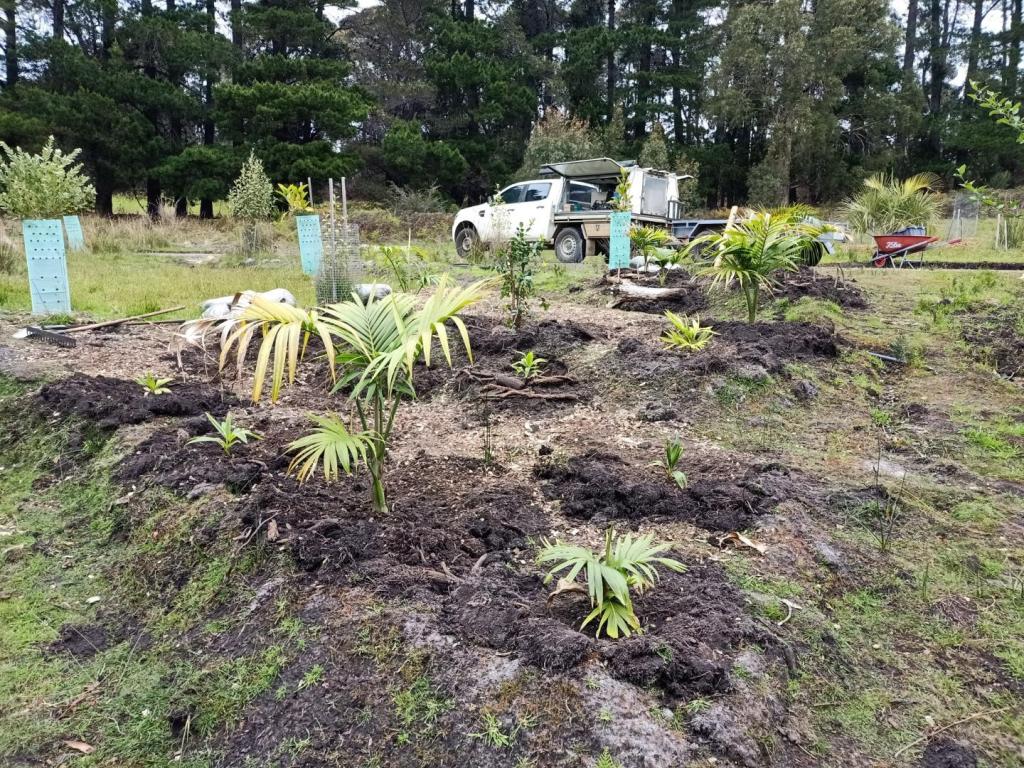
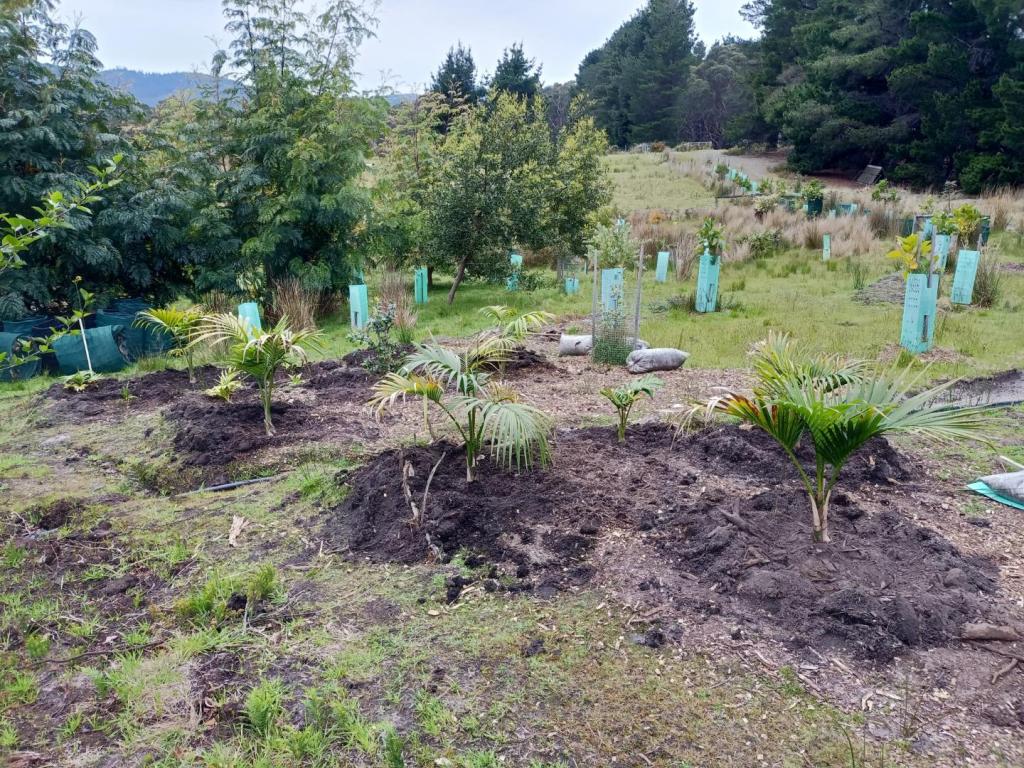
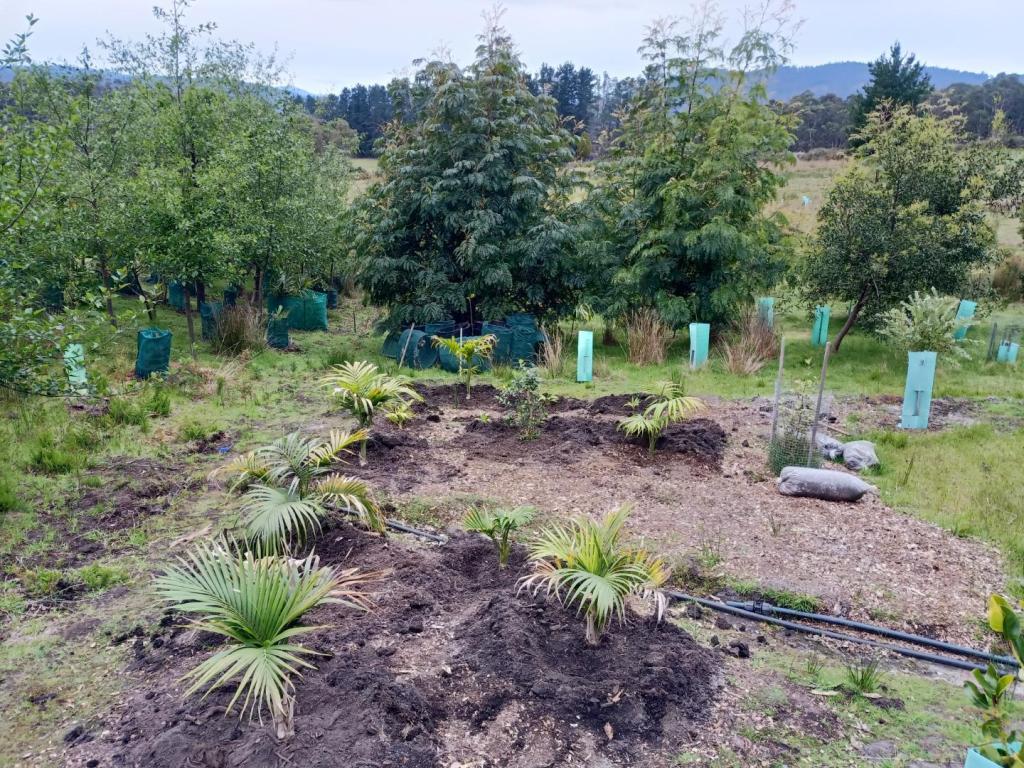
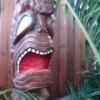








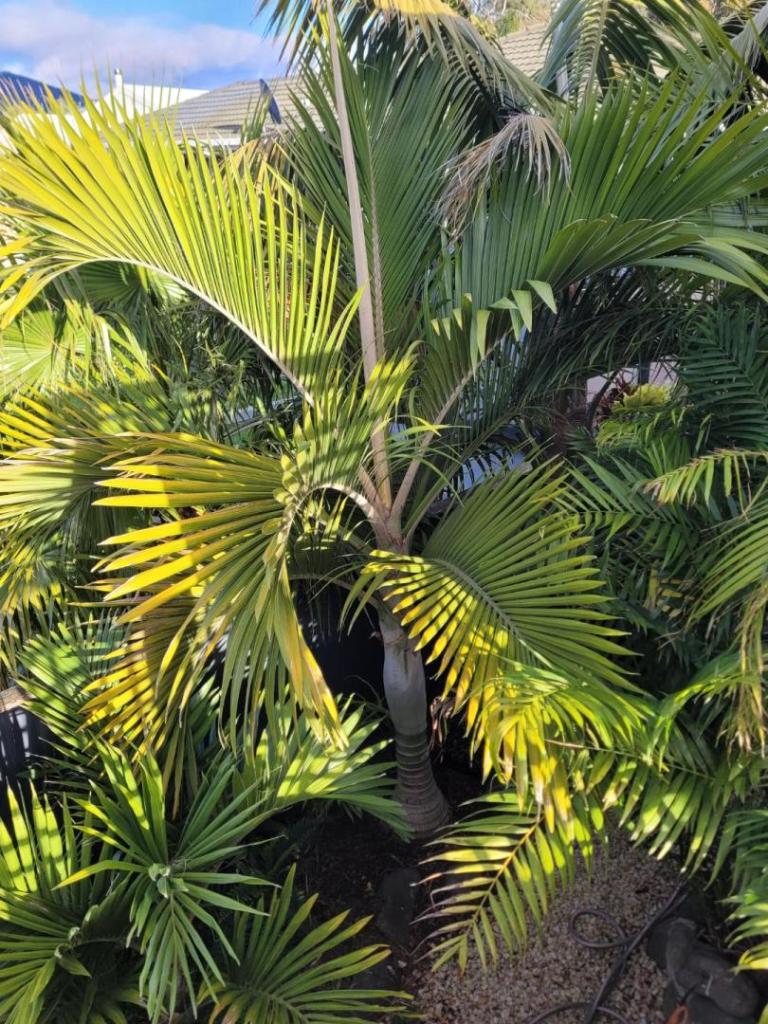

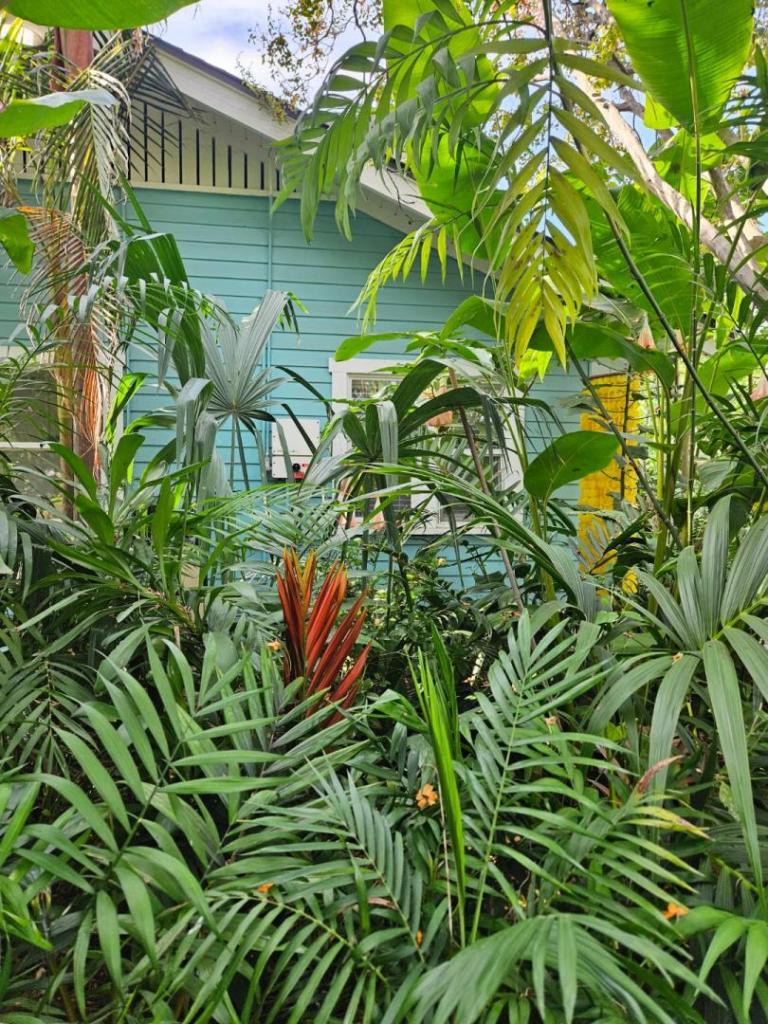


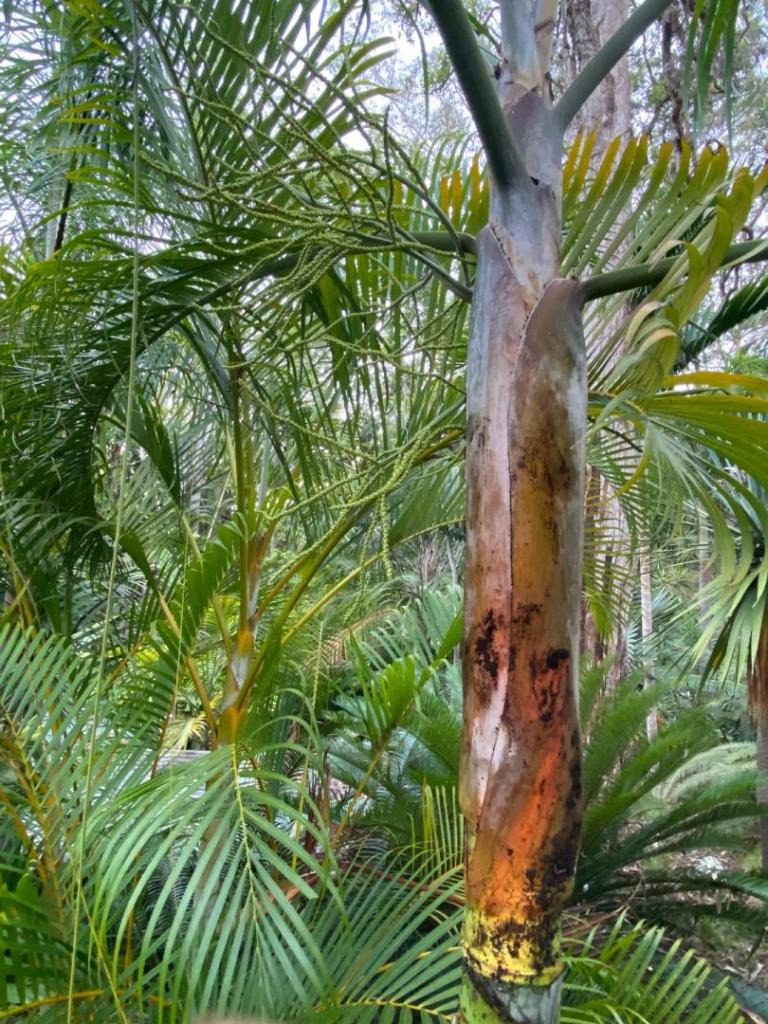
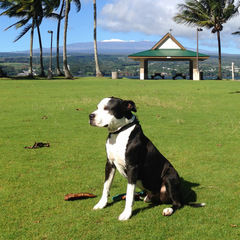


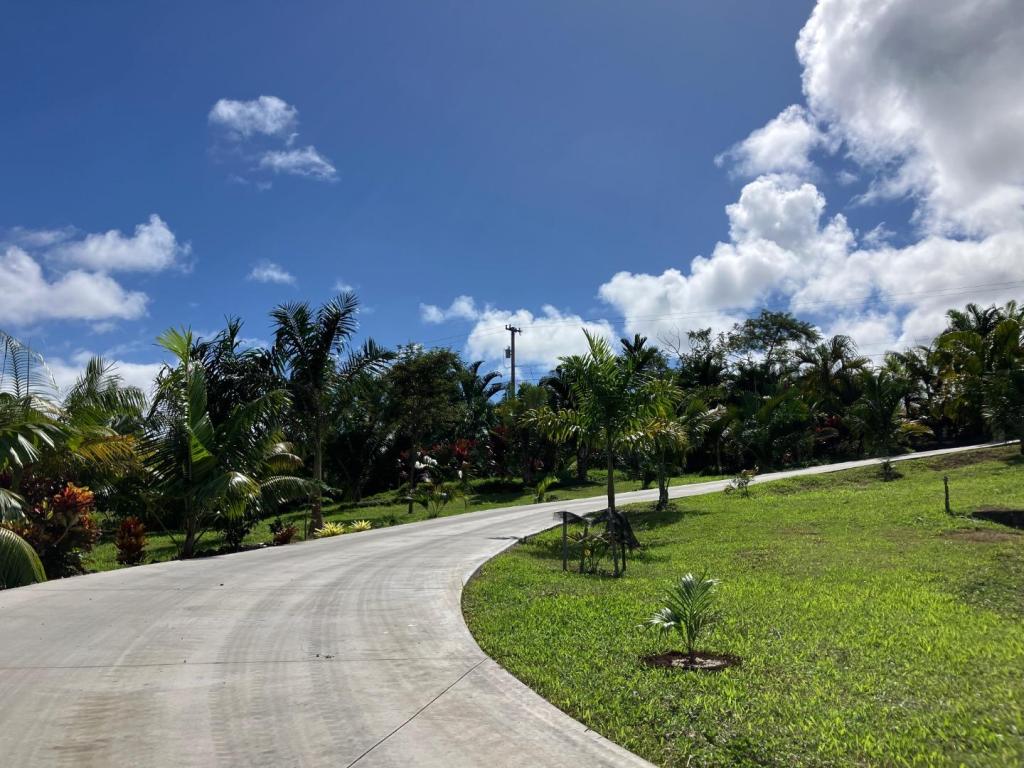
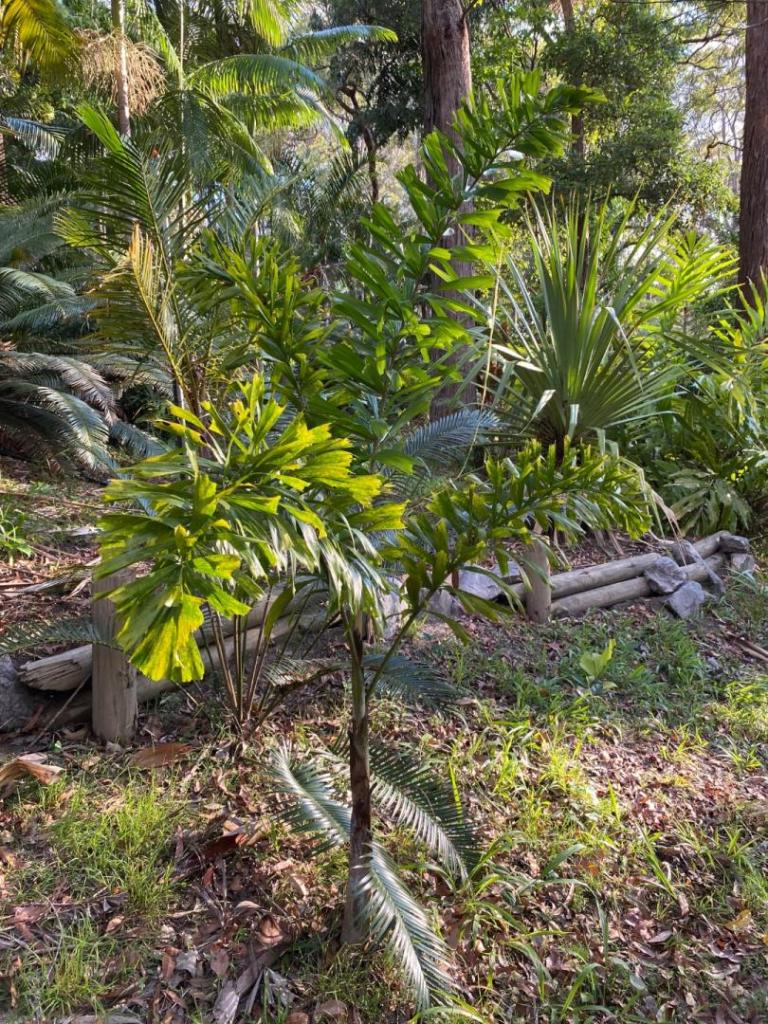

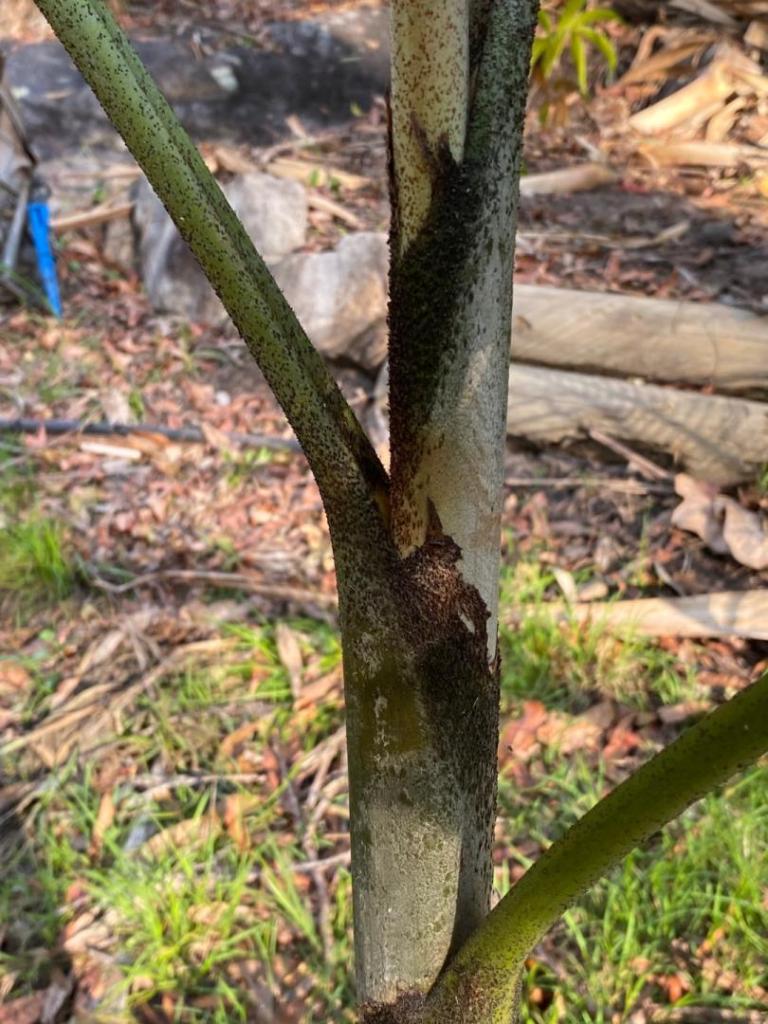
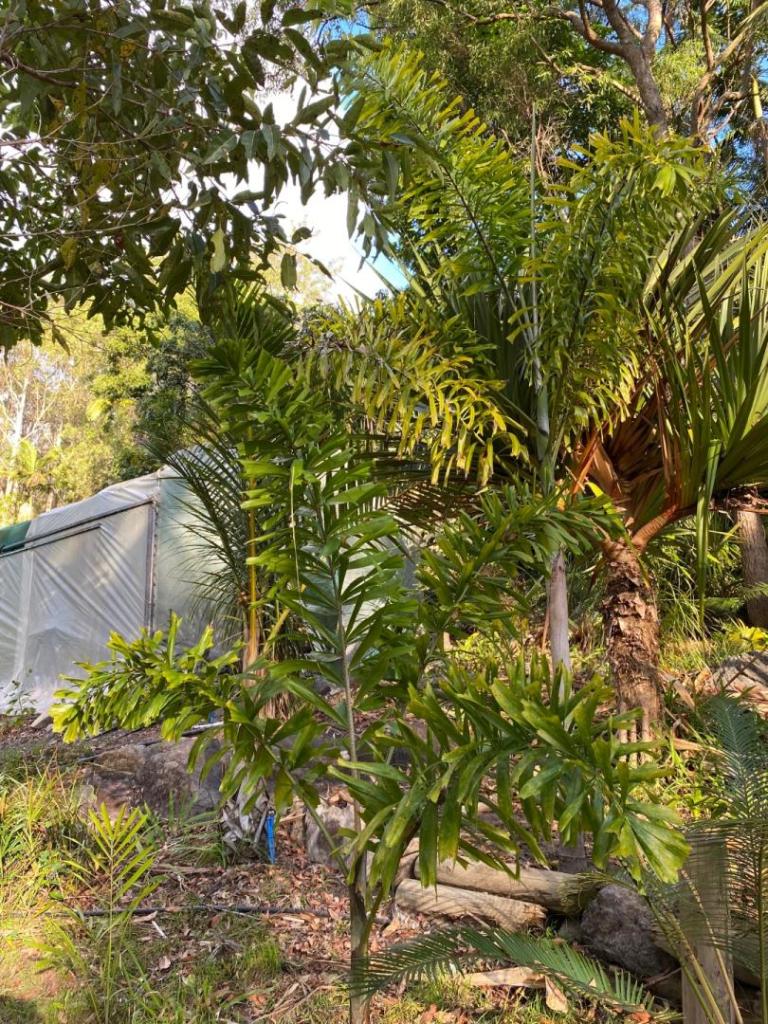




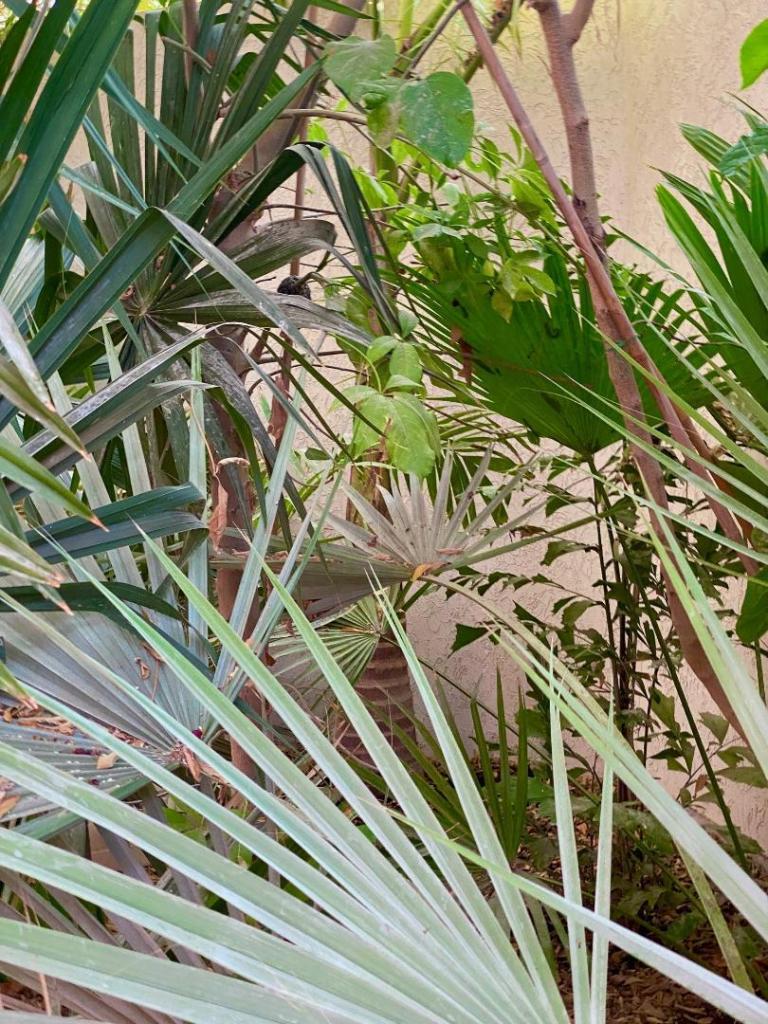



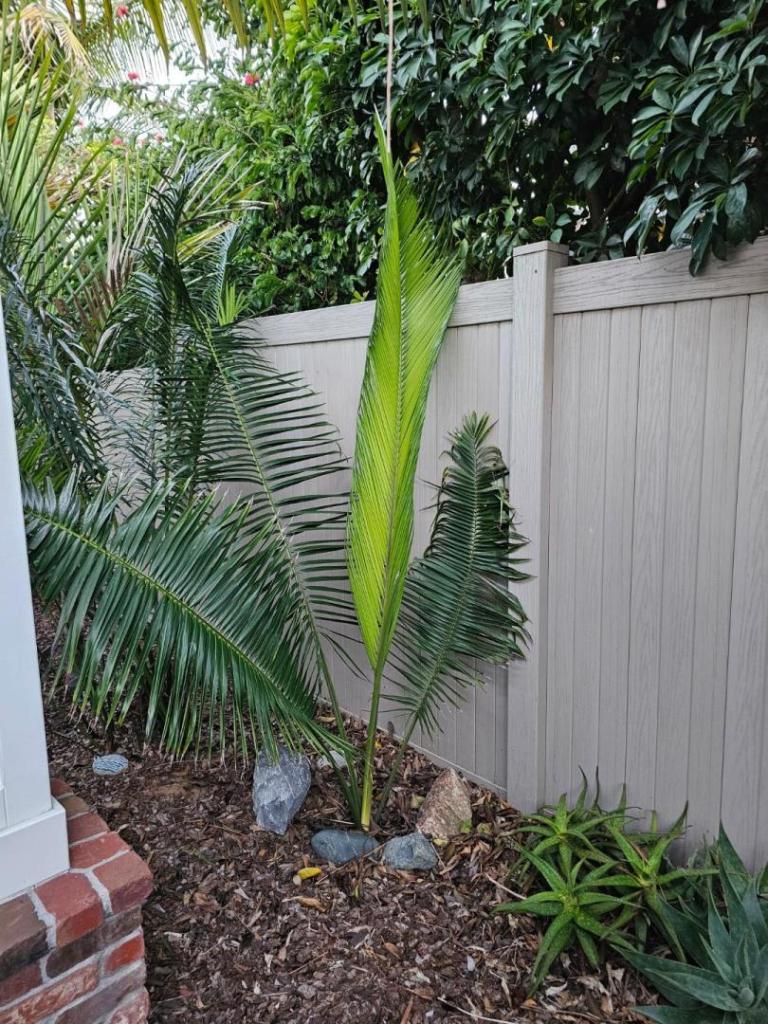


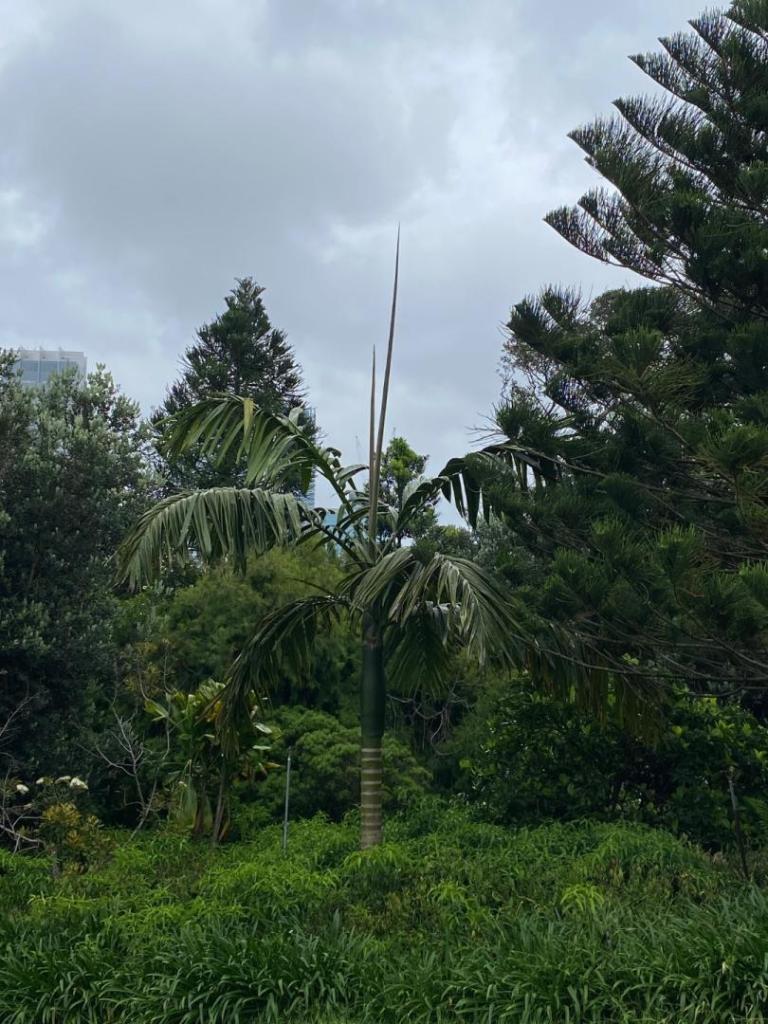


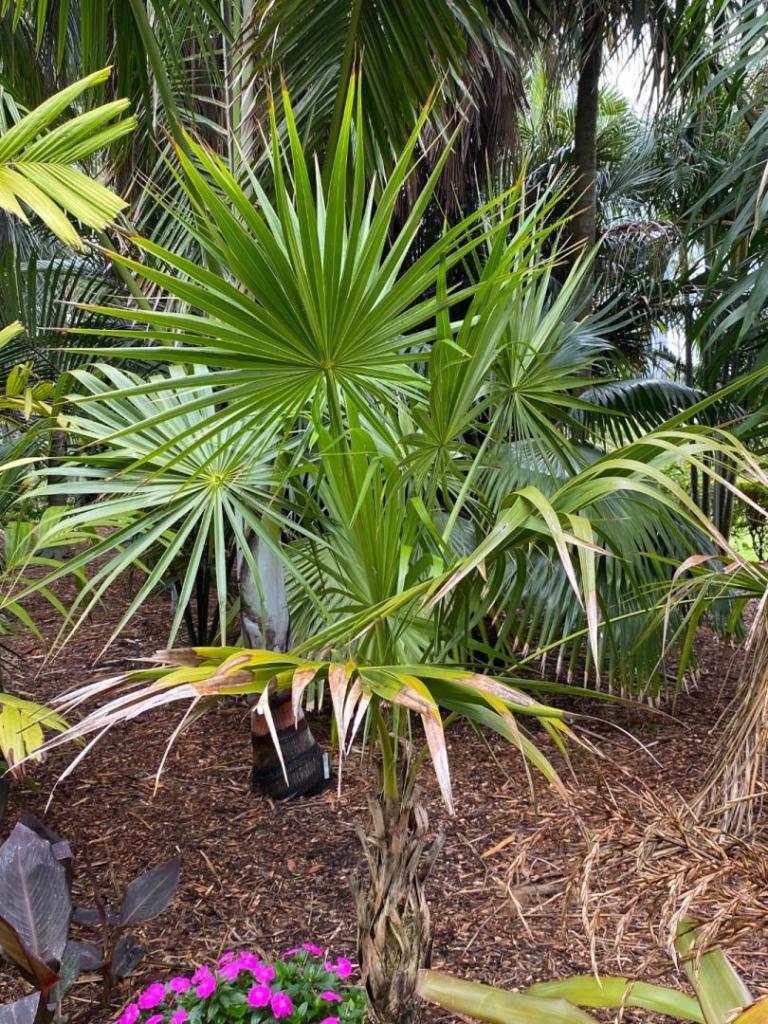




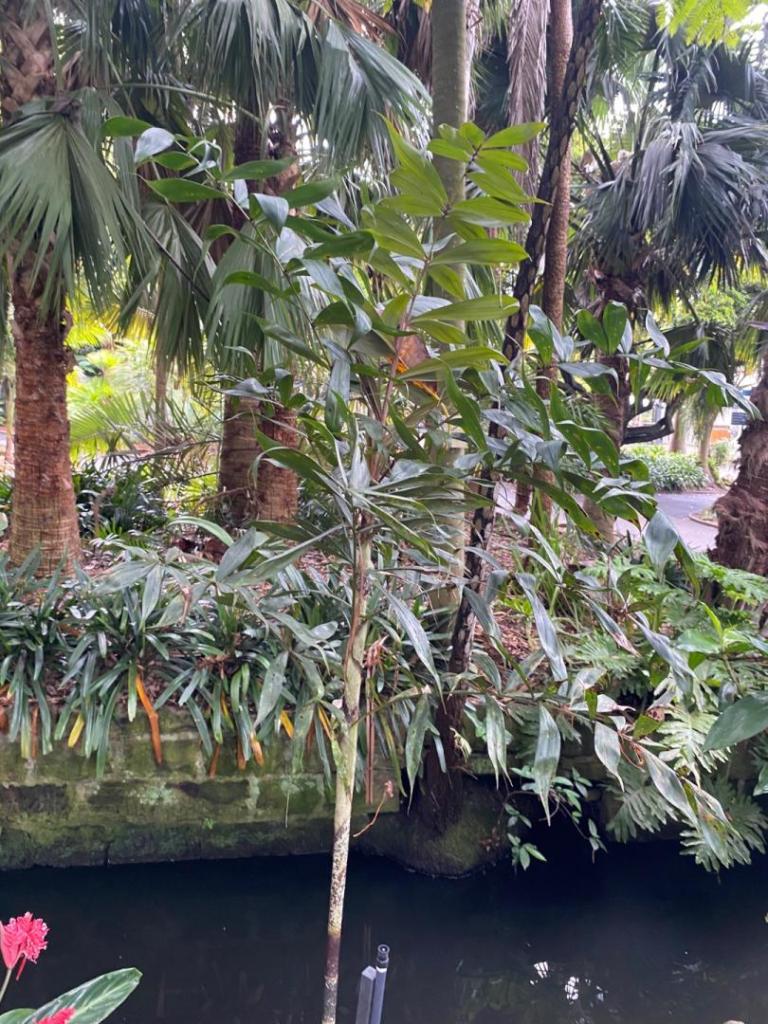

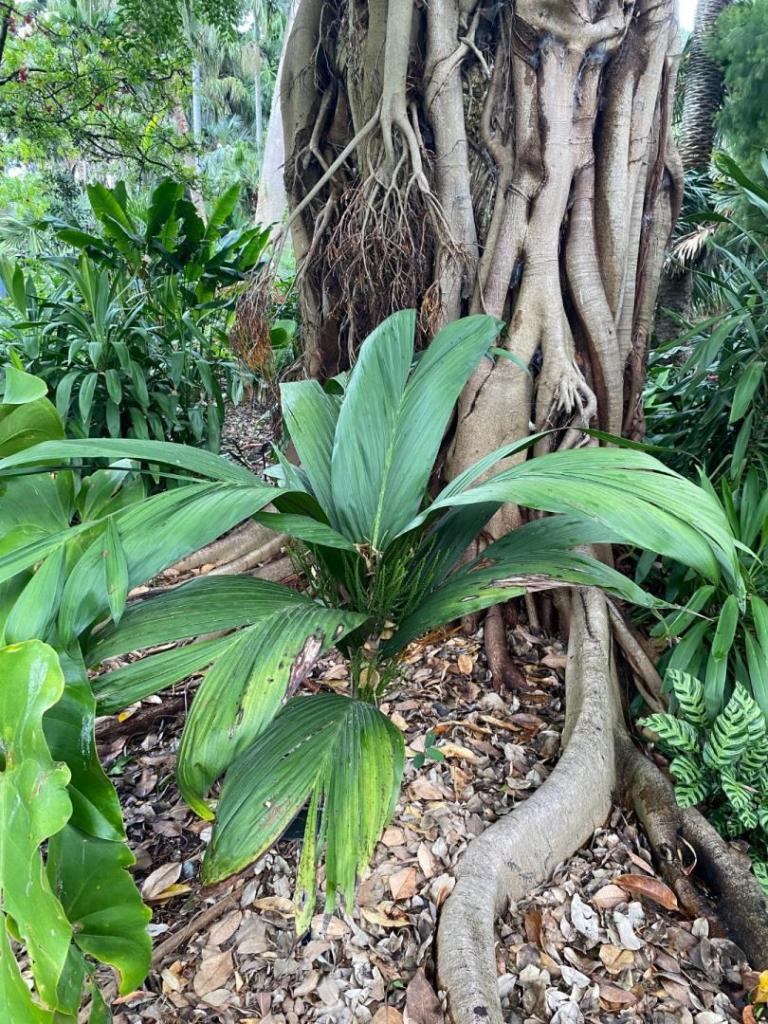



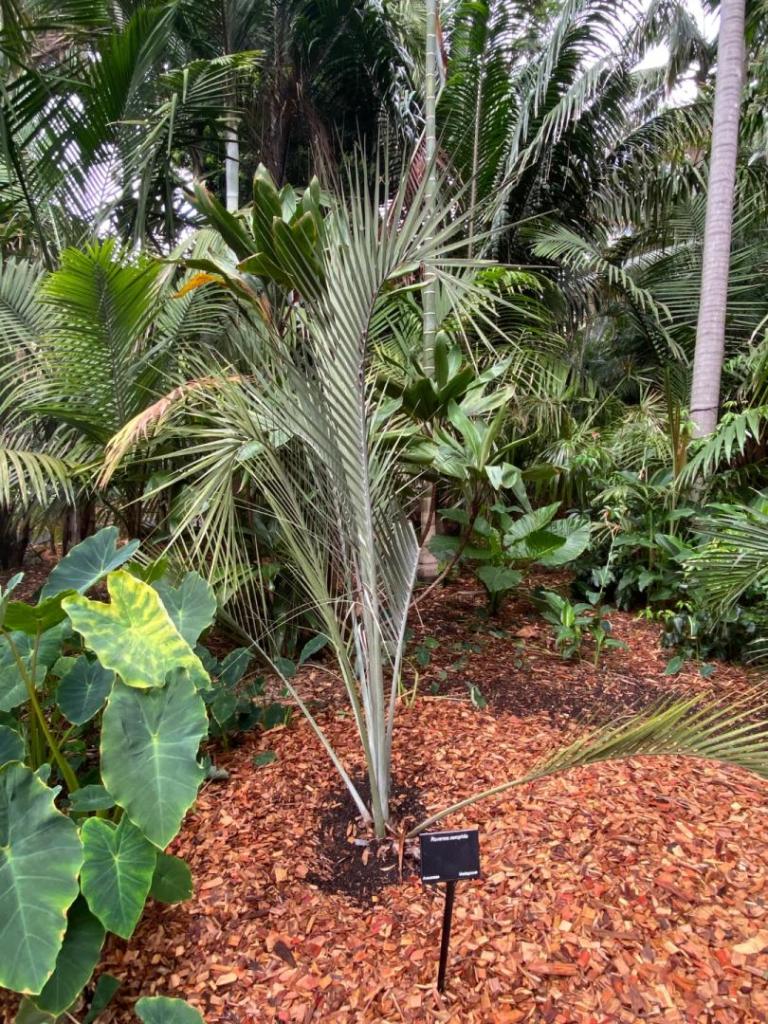

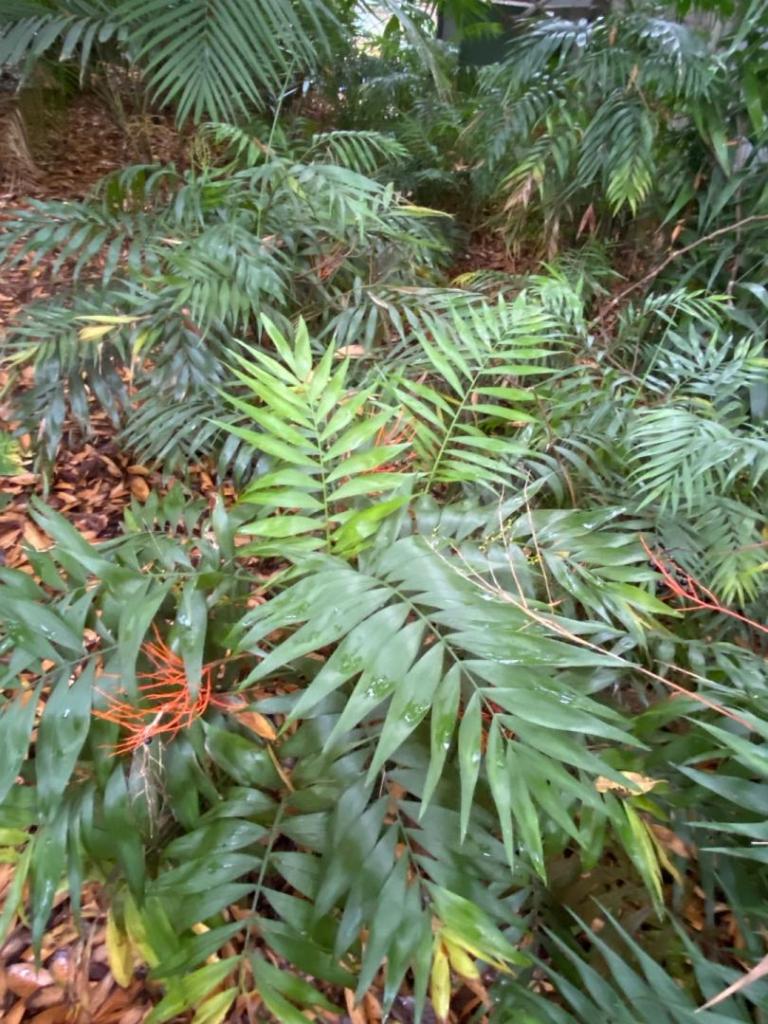



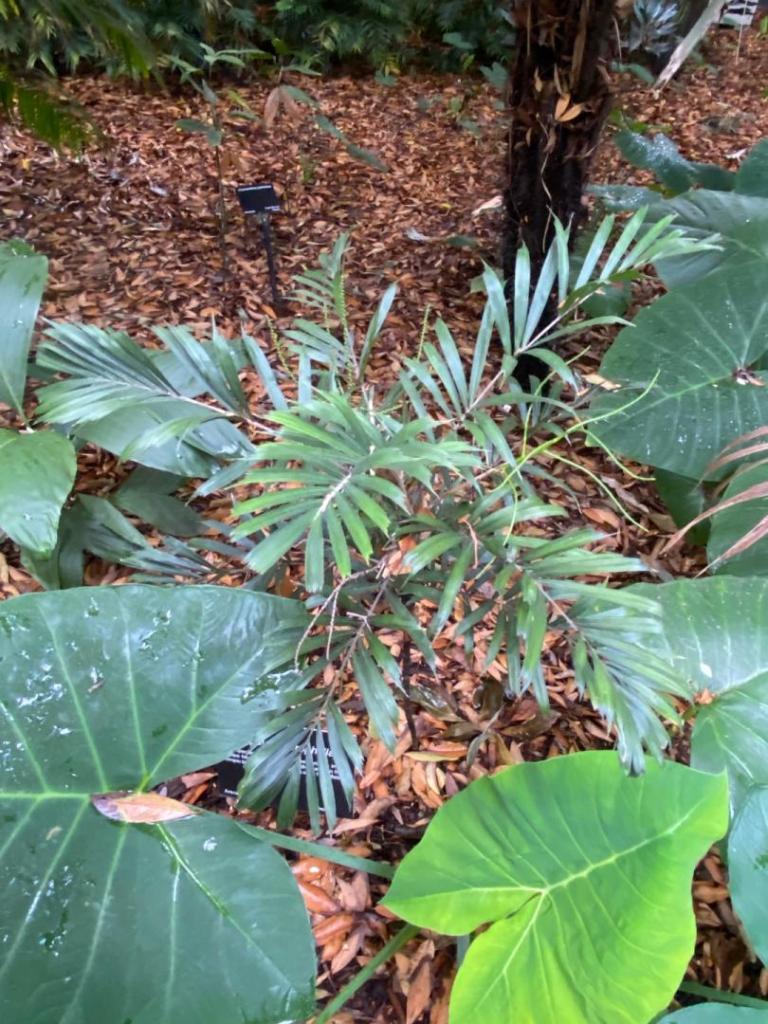

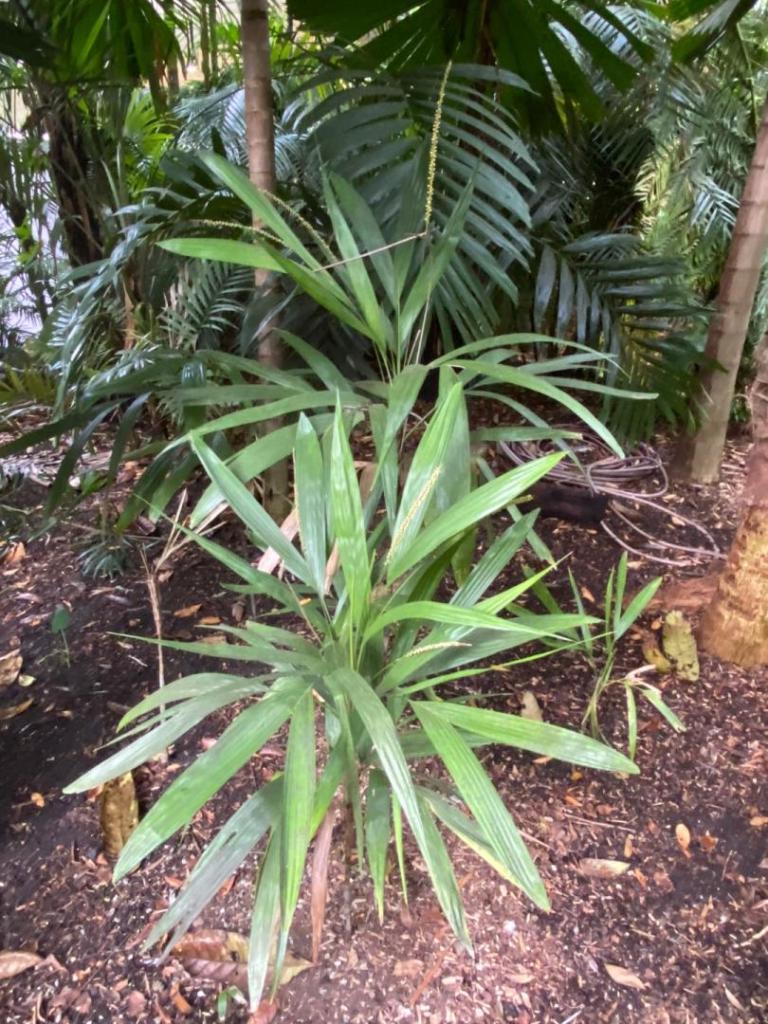


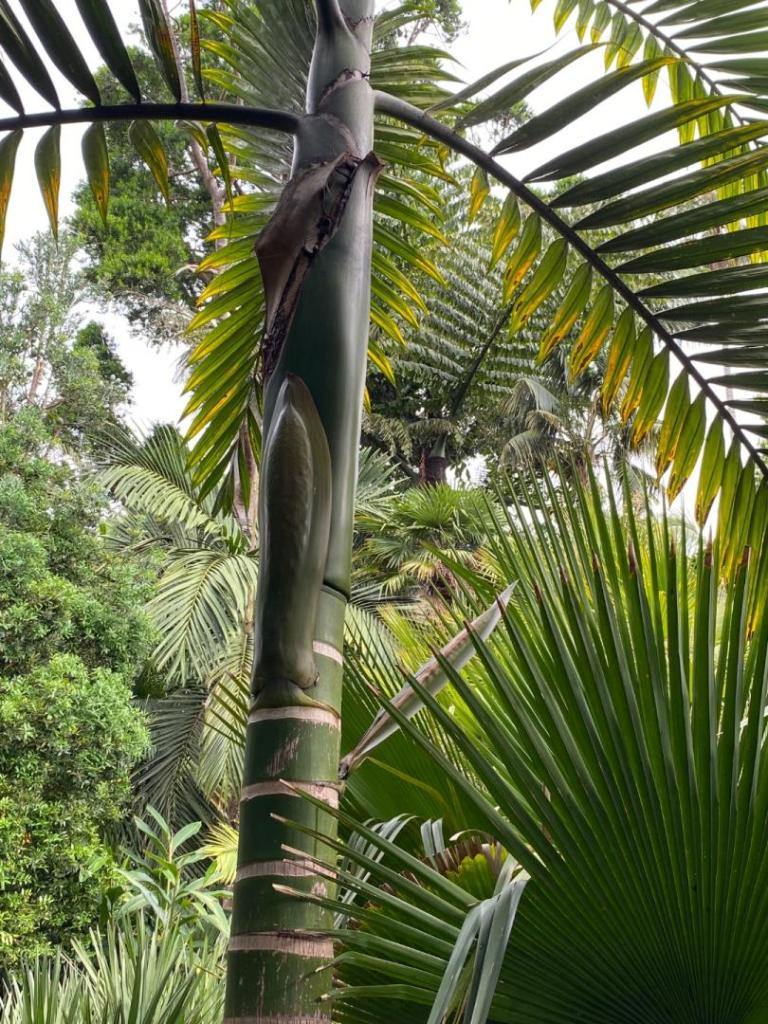
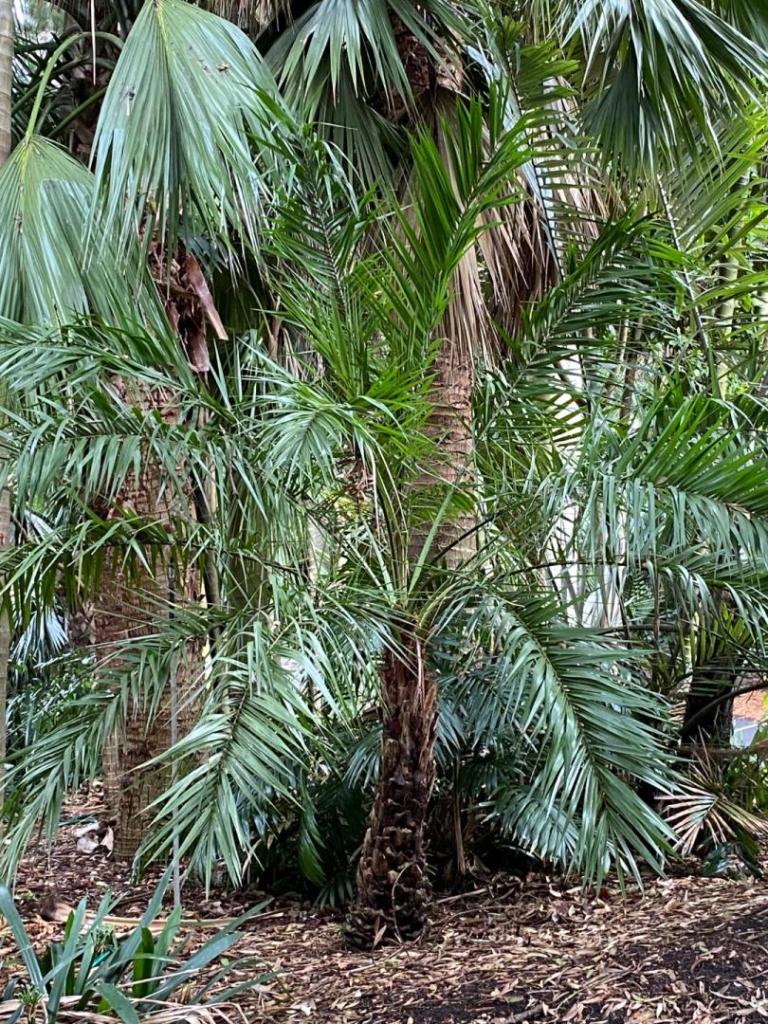


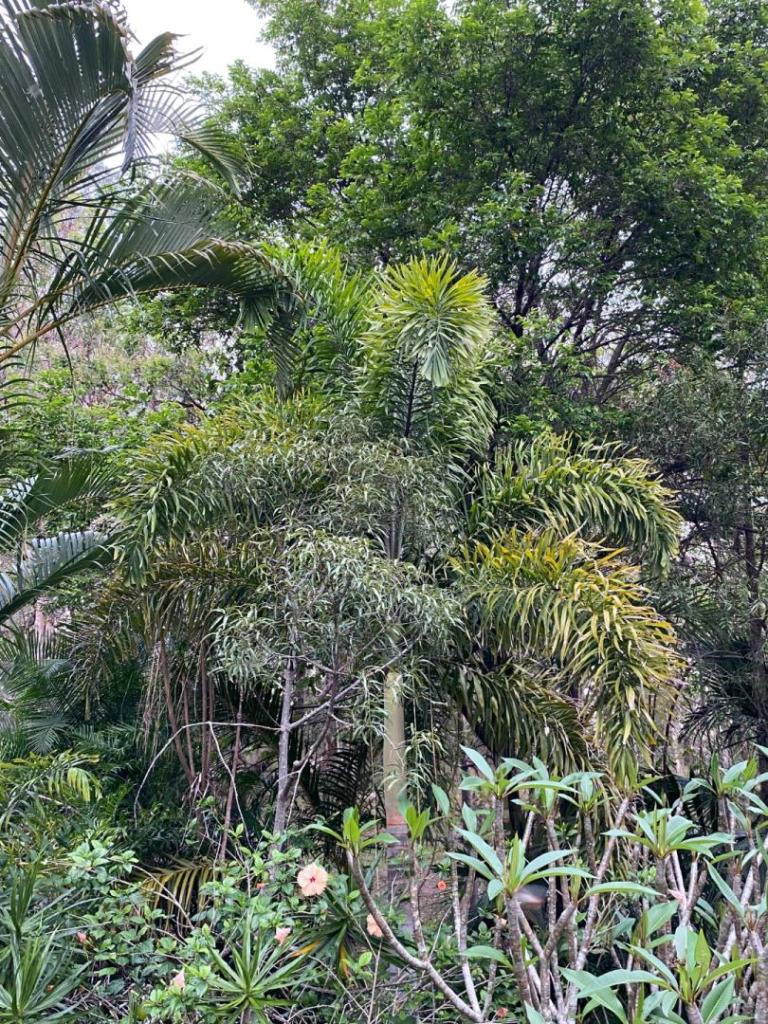
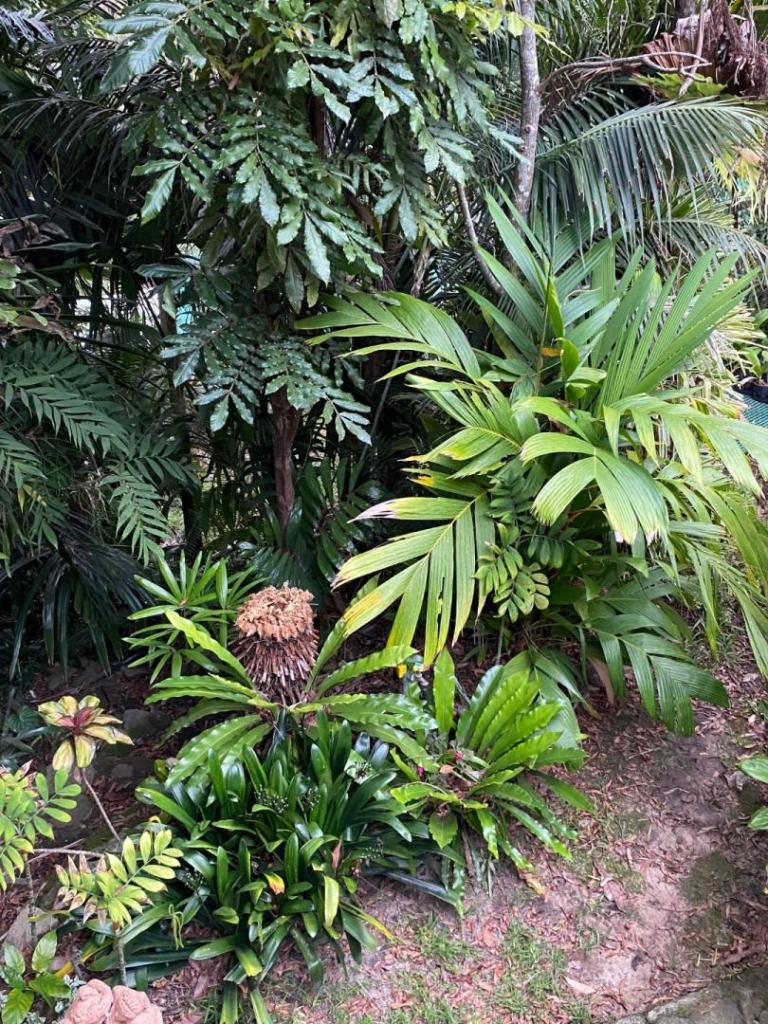





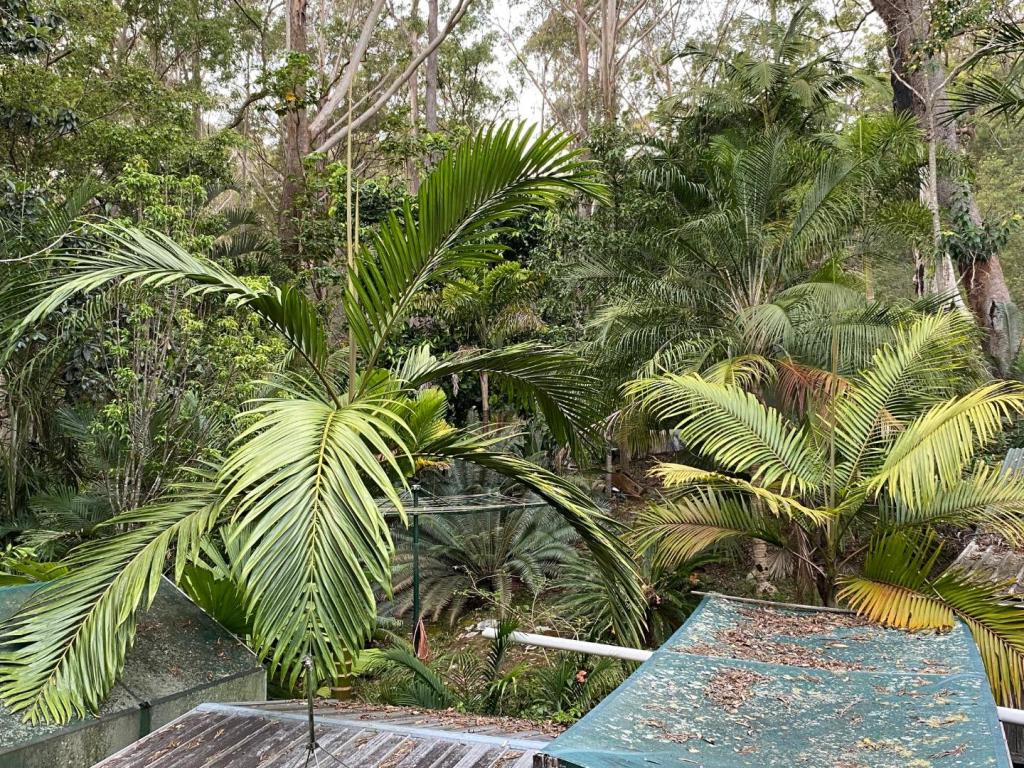
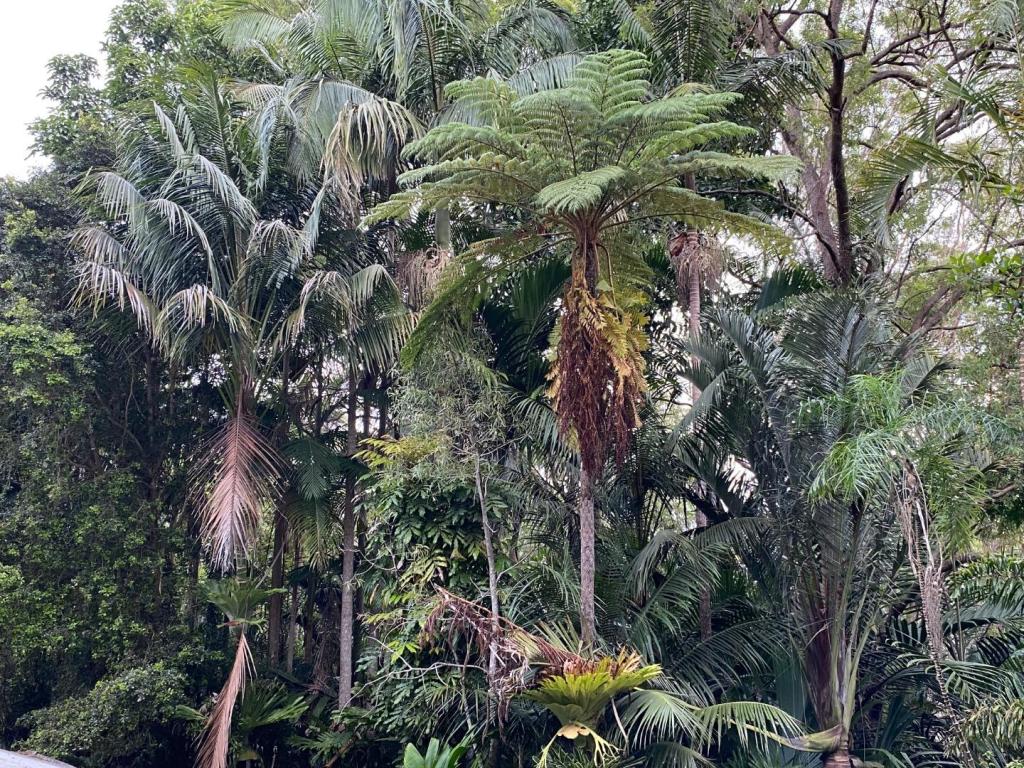
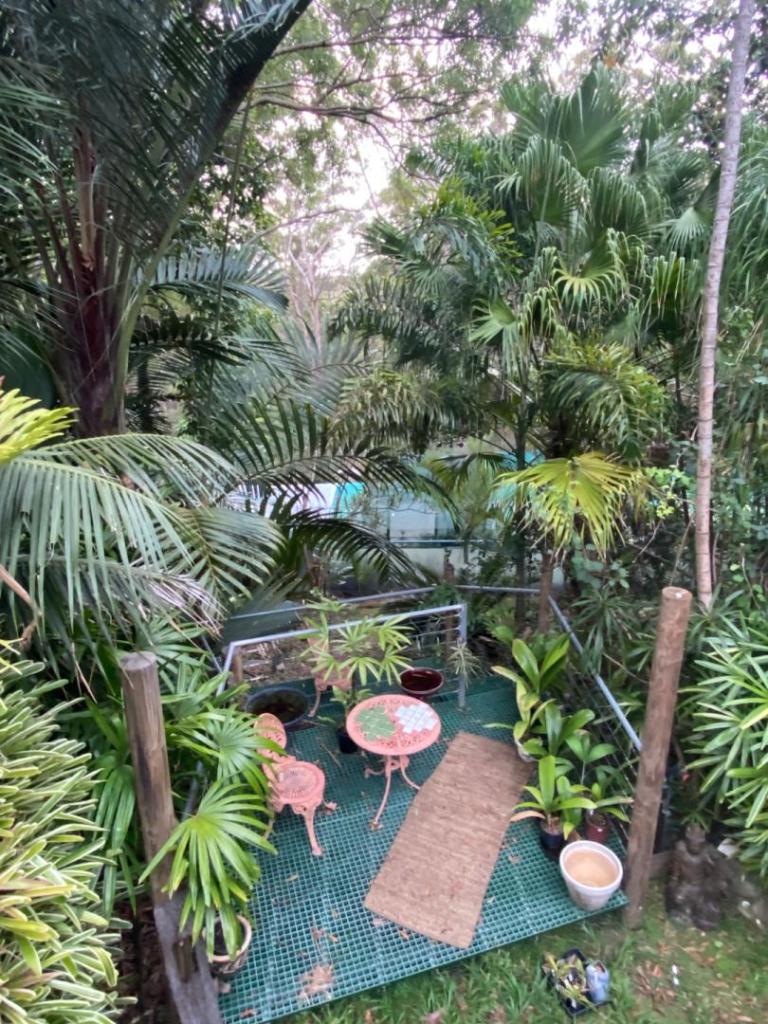




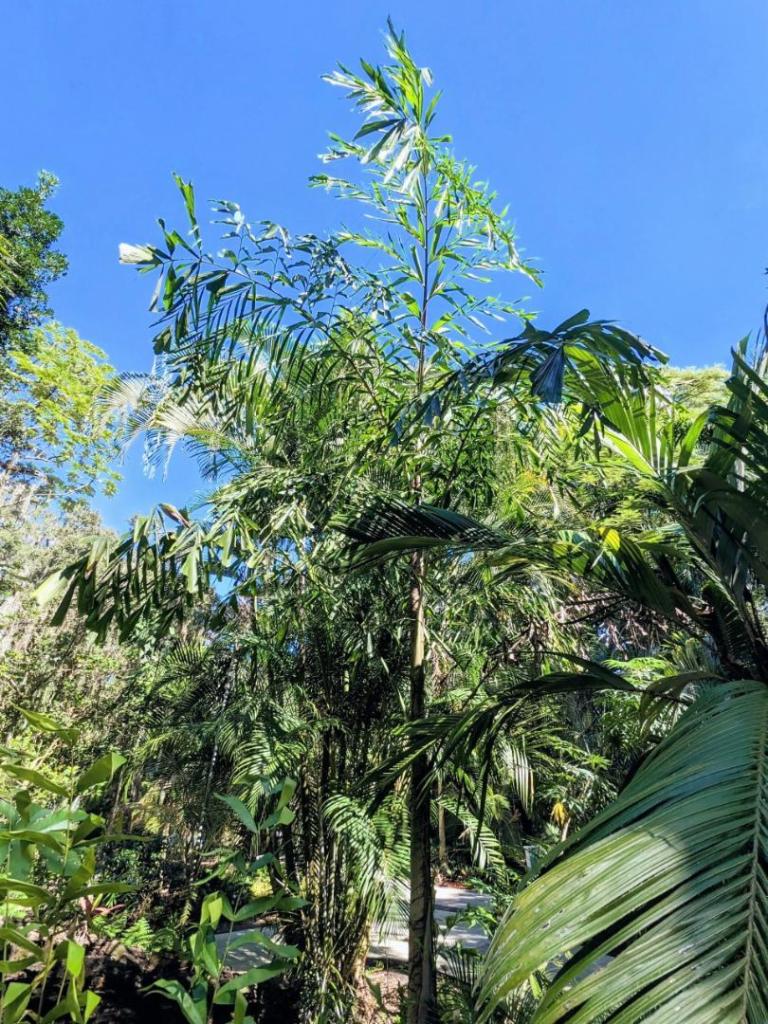

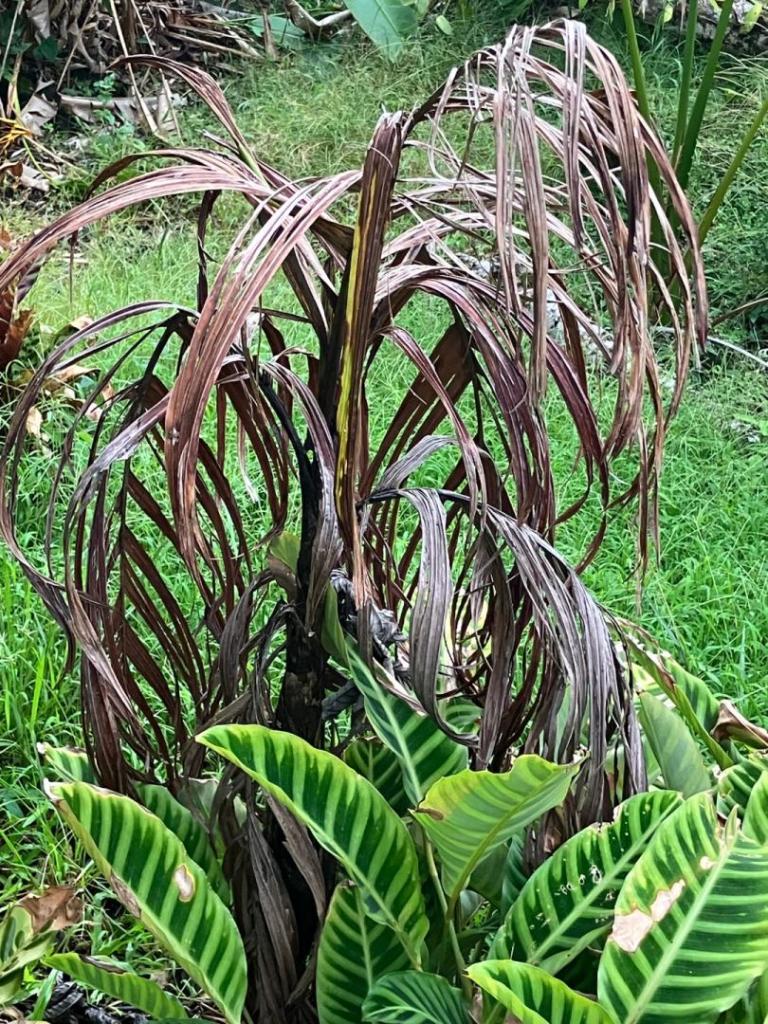
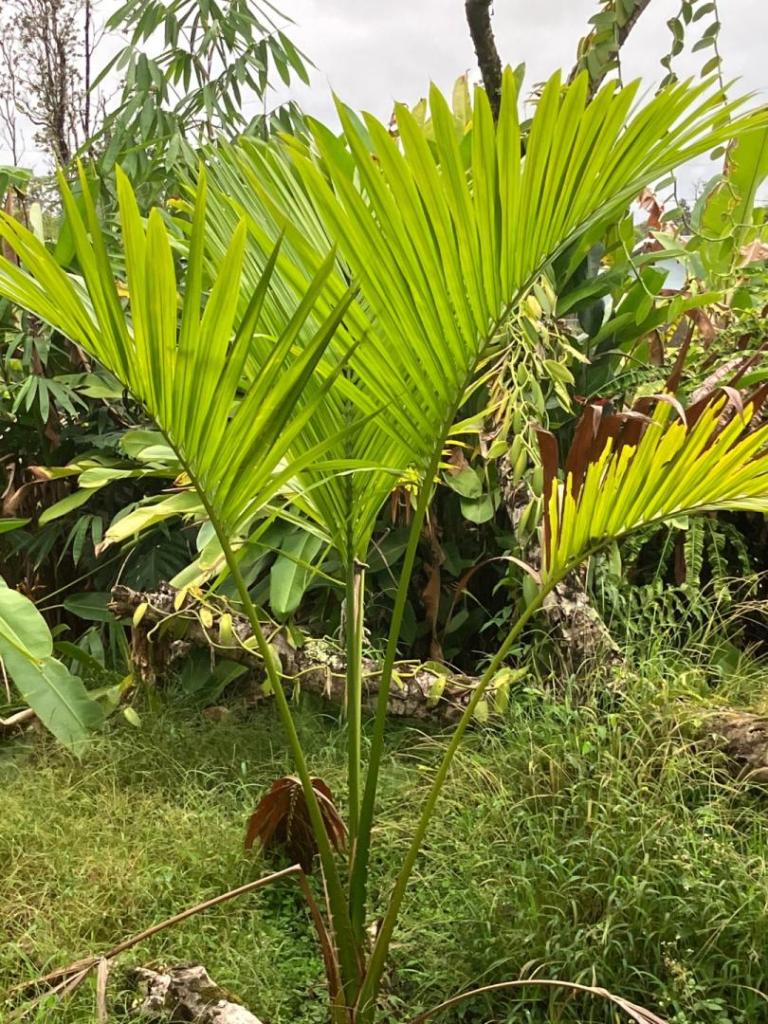
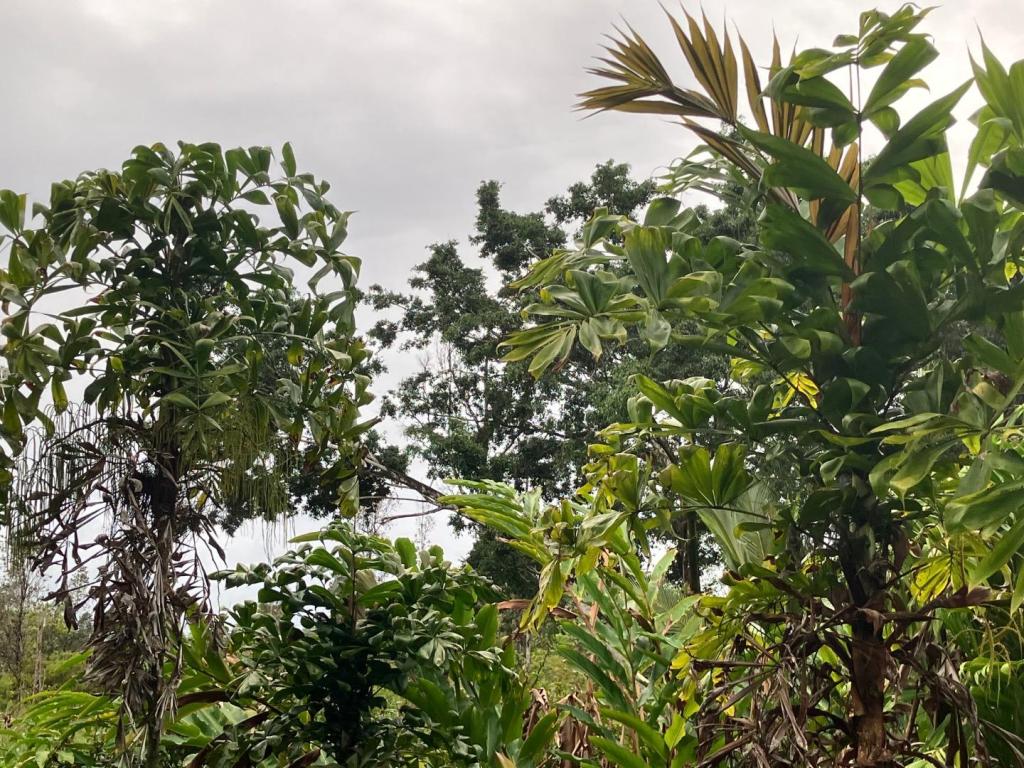



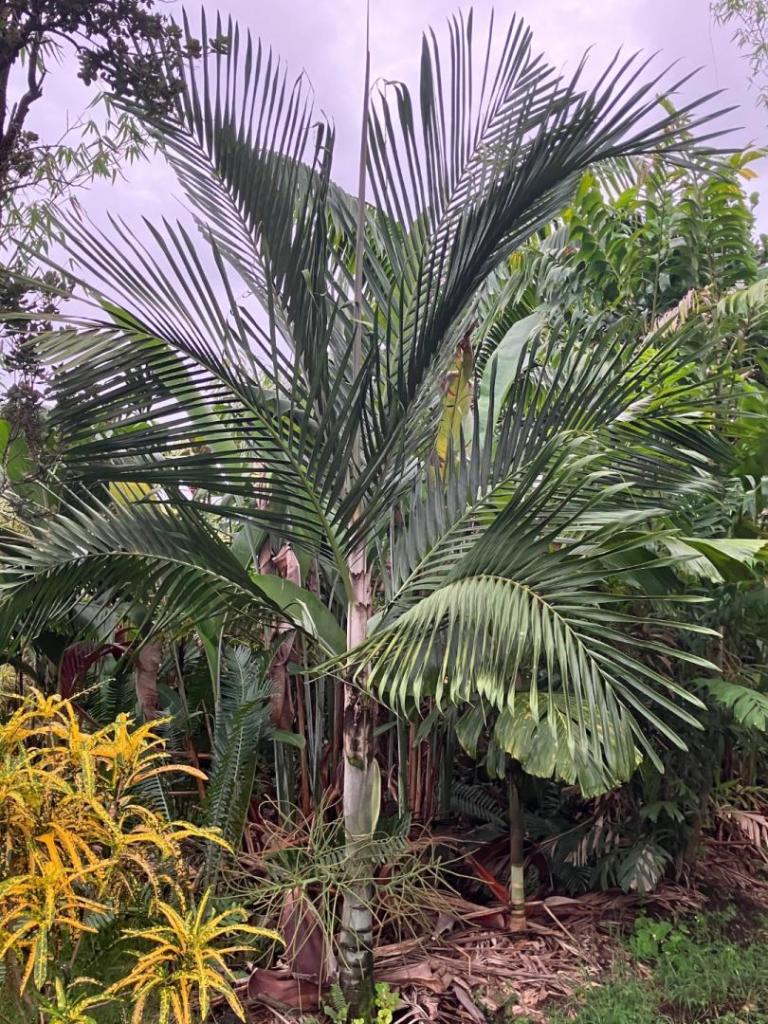





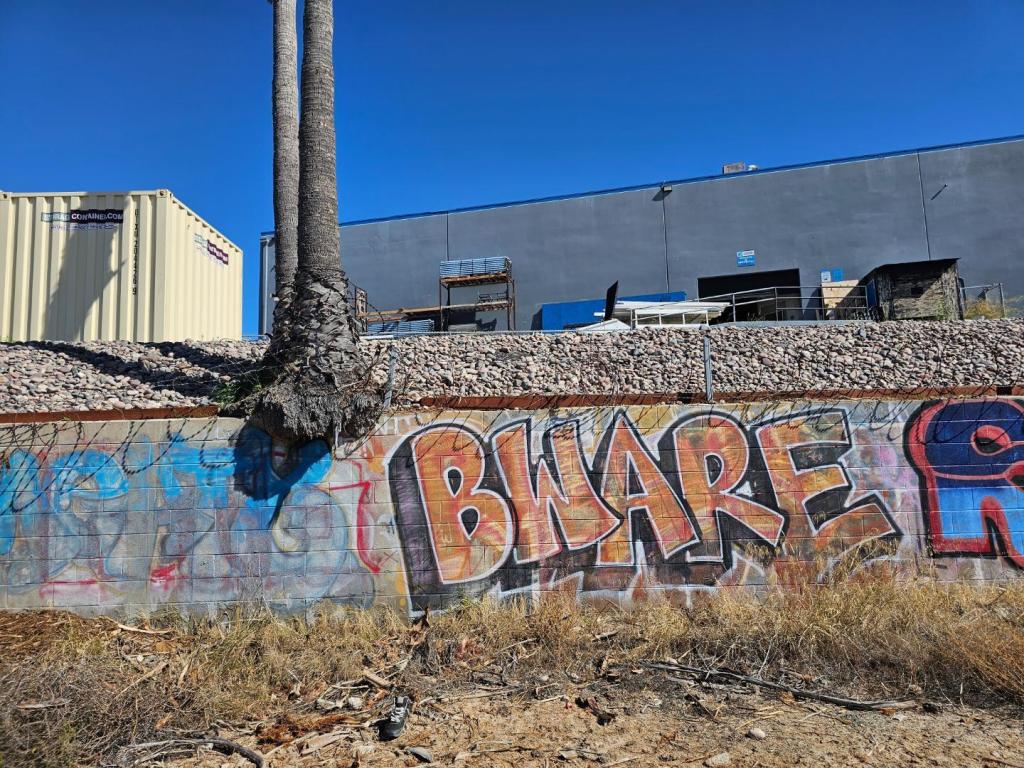
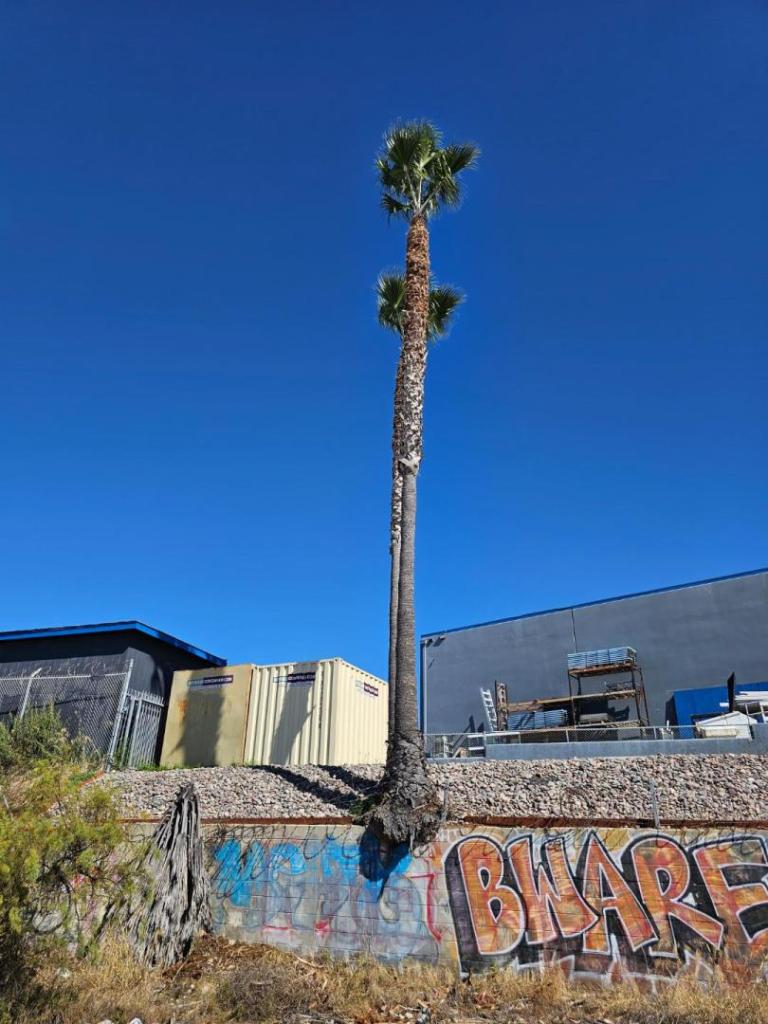


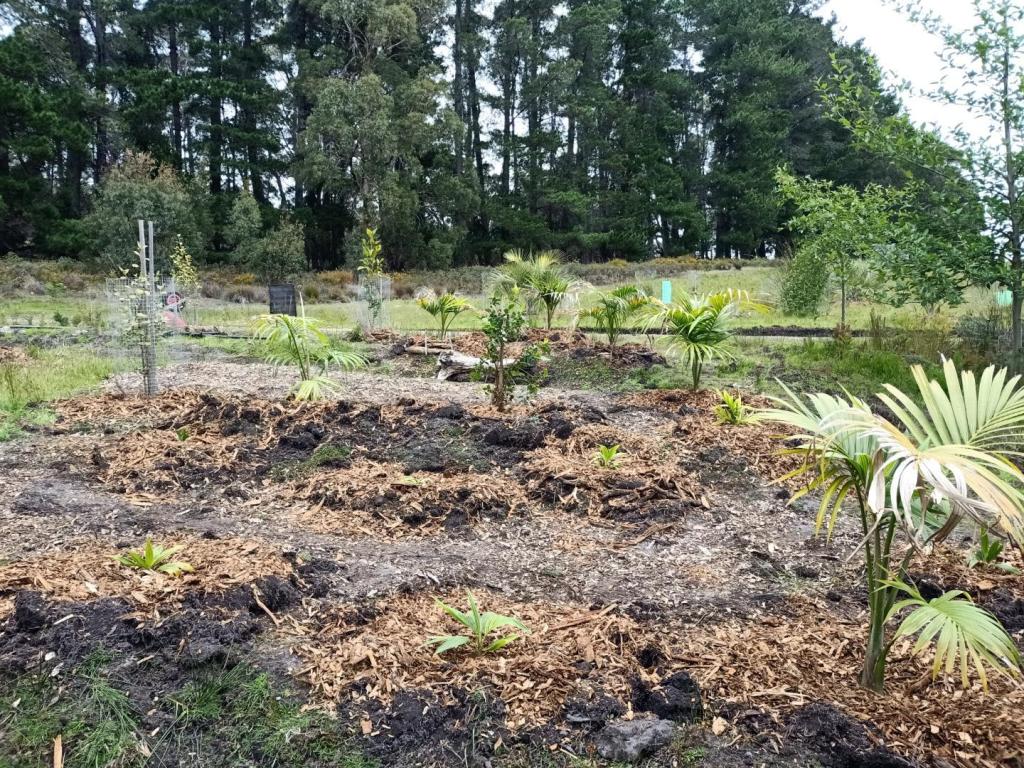
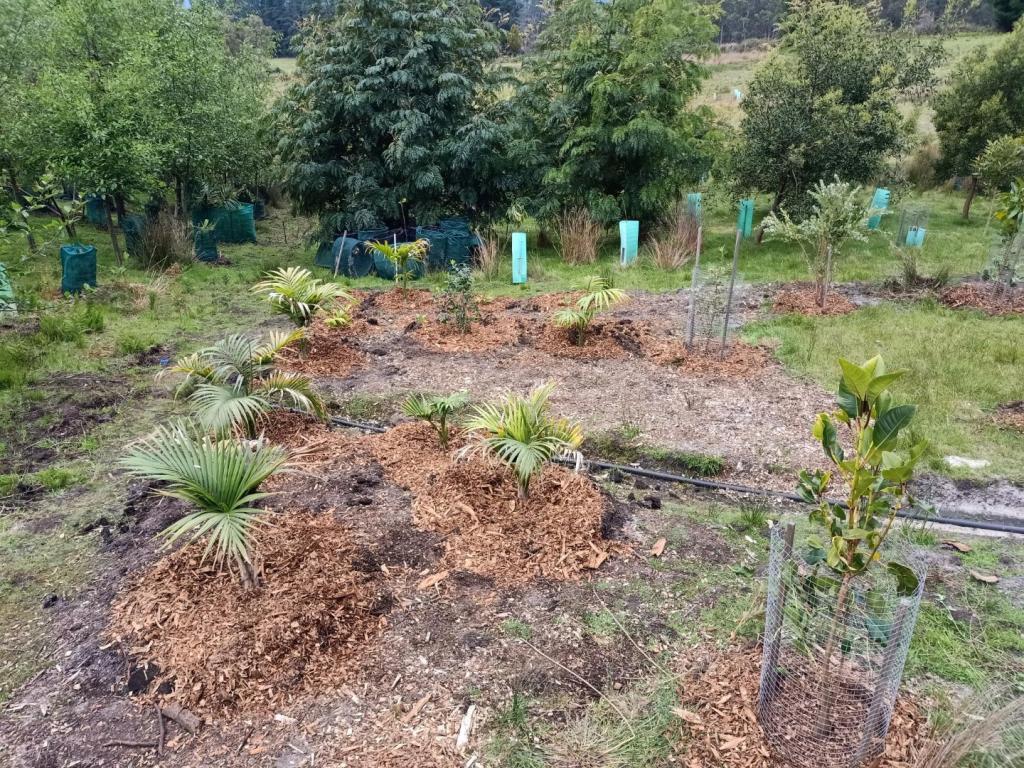
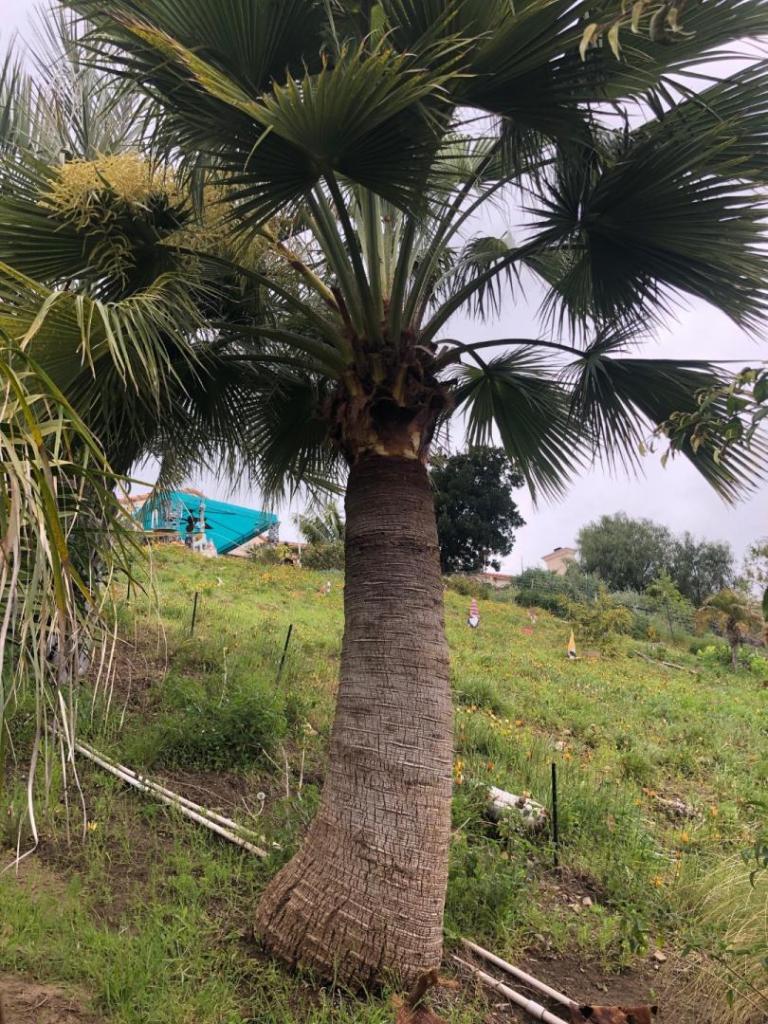






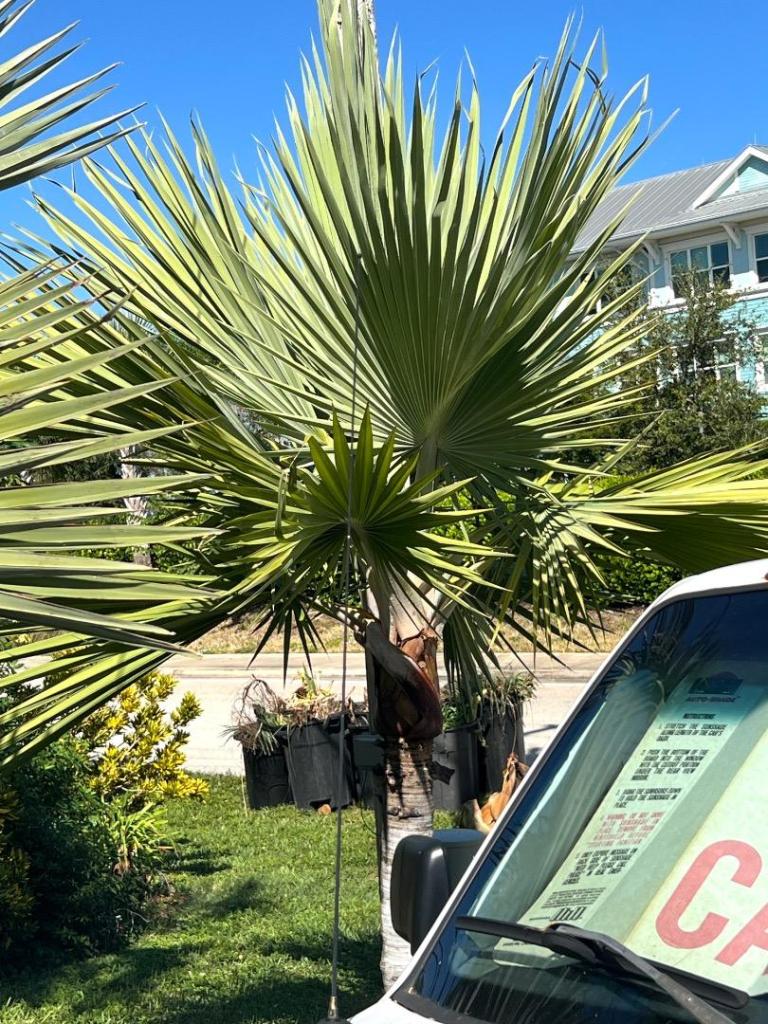








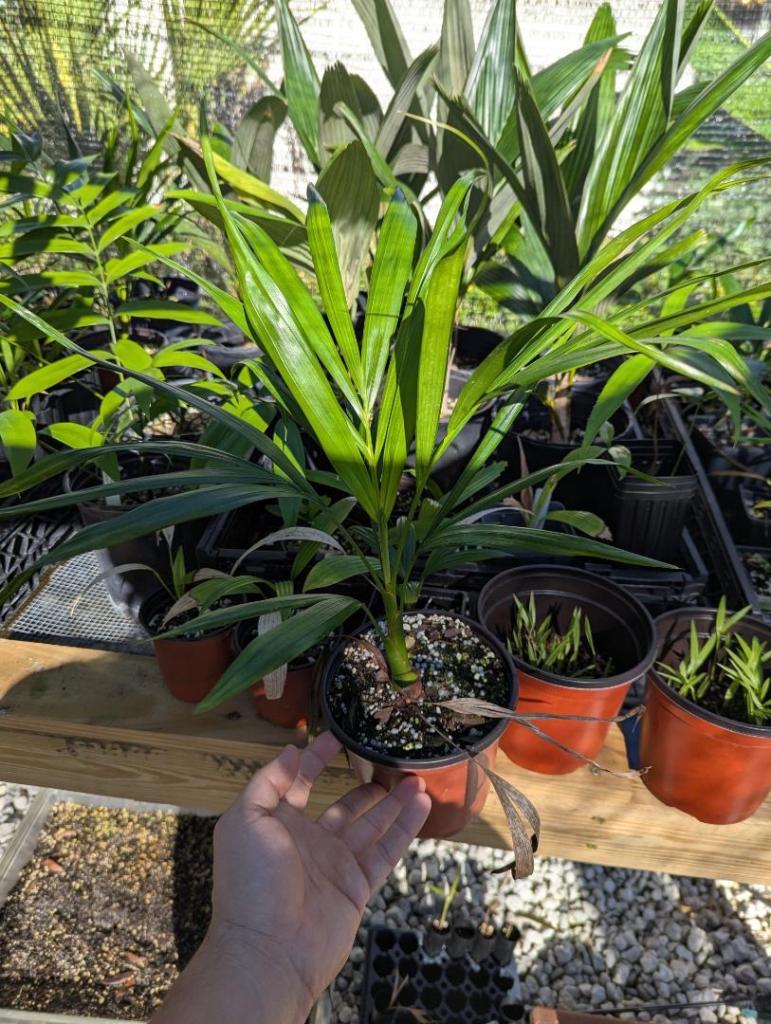



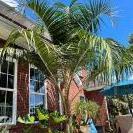

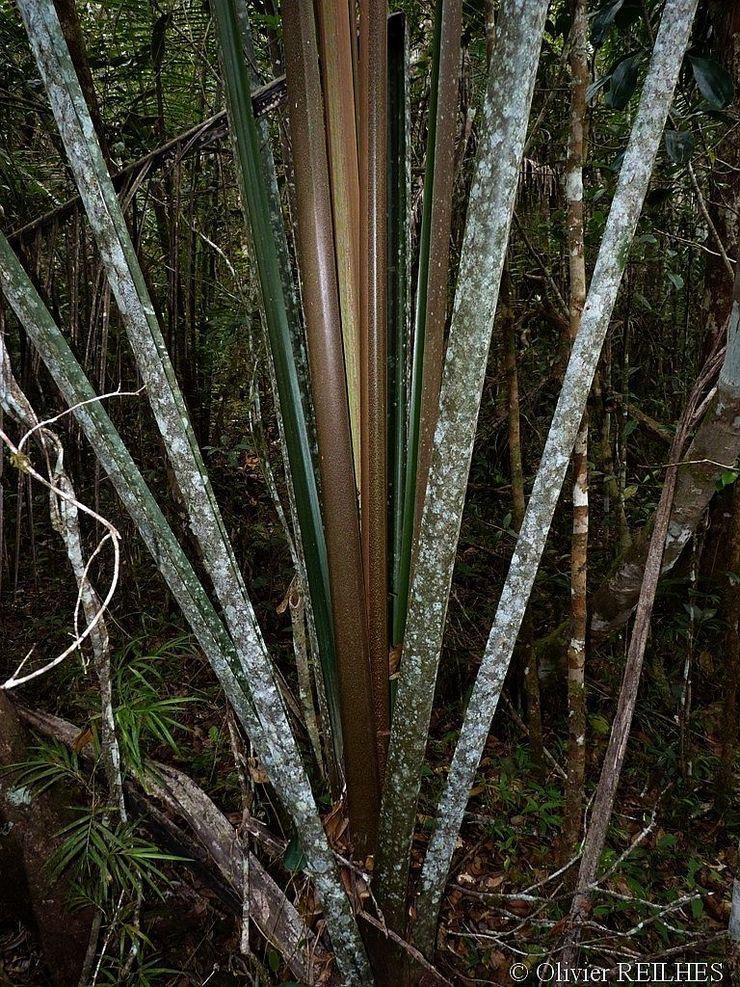




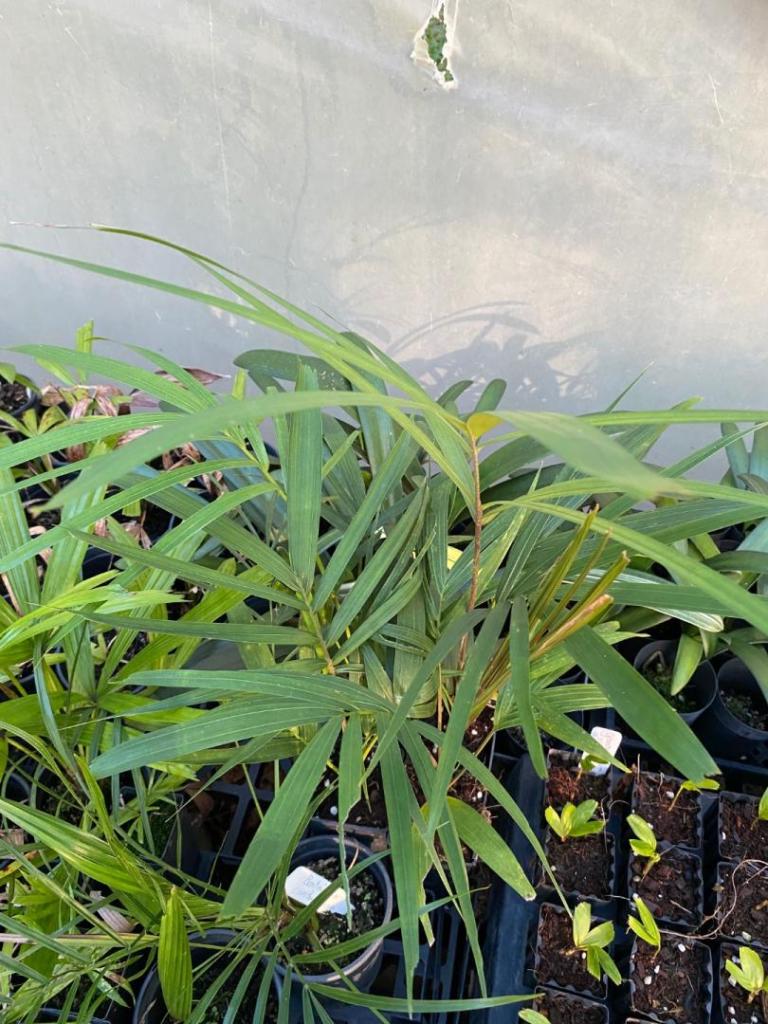



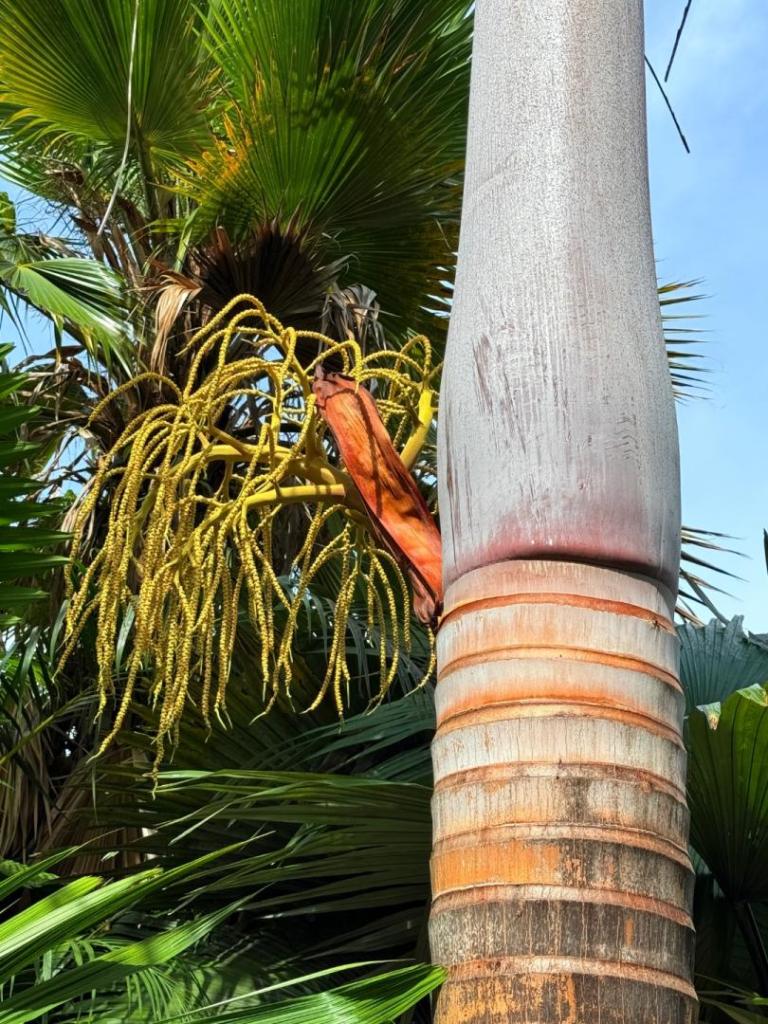

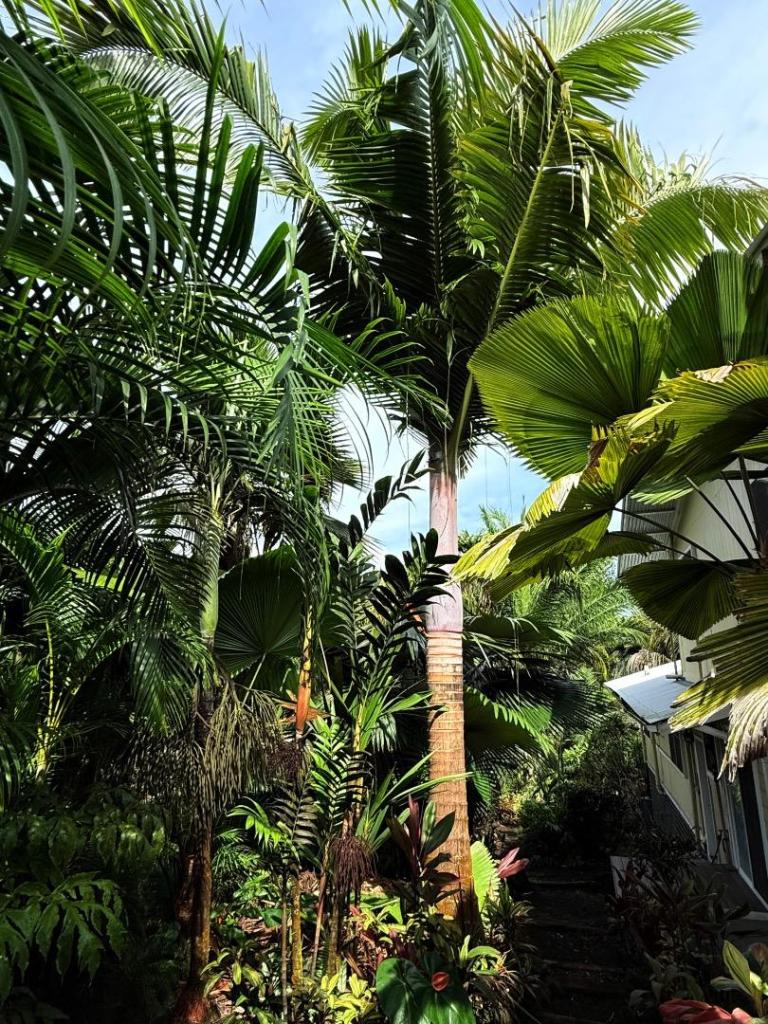
.thumb.jpg.304b32ca4398a111edf4ac525048111e.jpg)

